Well, I really hadn’t thought about it ‘till Richard Scott mentioned it the other month, in Leica M8 in Japan: A very different culture, a groundbreaking digital camera. But Richard said “..I’m sure we’d all love to hear about and see your experience in Japan with some accompanying pictures,” and I really fell for the bait!
My Beloved and I went to Japan in November 2013. November’s when the green leaves of the acer trees turn bright red, though I couldn’t tell with my own eyes, since I’m rather colour-blind, but I could see it on the rear screen — or the electronic finder — of the camera(s) which we took with us. We went to meet friends from Aotearoa New Zealand, to meet them ‘halfway’ around the world instead of our travelling from the UK all the way down to NZ on this occasion.
I’ve found that I’m not a ‘pictorialist’ photographer, and I don’t take photos simply as records of what a place looks like, so much as taking photos of ‘quirky events’, things which catch my attention, and happening in foreign surroundings, if you get my meaning.
And, looking through my pics, it seems like I need to have people in my photos. I like pictures of what people are doing, or what events they find themselves in, rather than just scenic views. Even the pictures of trees (up above) have people hidden in them. I suppose that I just like to have ‘humanity’ in my pictures.
And I don’t often use a 50mm lens. I generally go for something wider, like a 24mm or a 21mm, or wider still, so that a photo shows more than one would normally see, which makes it worth looking at, and looking around the picture to see what’s in there.
Here’s a chap who boosts his ‘mini-lab’ film developing business (yes, there are some left) in Nagasaki by hiring out old film cameras . Rent a camera, buy a reel or two of film, then bring them back a day or six later to see how they’ve turned out!
On the other hand, though, I sometimes use a telephoto or I crop things down afterwards to get a narrower view than usual.
And I don’t stick to one brand. I took a Leica M9 and assorted lenses (16-18-21mm f/4 ‘Wide-Angle-Tri-Elmar (aka the WATE), 50mm f/1.4, 90mm f/4) but also an Olympus E-M1 because it can be used with a silent shutter, and the micro-four-thirds zoom lenses are so small and light.
This is especially the case with Panasonic’s 7-14mm, equivalent to a 14-28mm zoom on “full-frame”, which I find is my preferred zoom range. (I really only find out these things by looking at the pictures afterwards, and seeing which pictures then appeal to me the most.)
Oh, and also a little flat, pack-of-cards-sized Canon Ixus 510 HS (called the ELPH 530 HS in the States).
Babies, it seems, in Japan are carried slung from the neck (the parent’s neck, not the baby’s)
But then, so are dogs:
And dogs, or this jumping dog, are often dressed like their humans…
…or wear their own little trousers, shirt and pullover (here, I think its humans were washing down the boardwalk in Nagasaki after the dog had peed. I don’t know if they’d taken down its trousers first)
Cartoon characters are loved everywhere, with humans dressing up as them…
And children — not to mention adults — love brightly coloured clothes.
(This is one of my favourite pictures from Japan —a little (lonely?) unaccompanied boy dragging his tiny Space Shuttle toy on a piece of string wherever he went.)
Decoration is everywhere, just for the sake of it — here on a plate of fruit cake…
And people are everywhere in the cities — this is Kyoto train station…
…and so’s this: Stairway to Heaven.
All these pictures are best seen by clicking on them so that they expand to ‘full’ — well, larger — size; so if you’re looking at these on a phone or an iPad, look at them on a proper full-size computer screen when you get home!
Here’s a bit of Nagasaki, where the main road, which is quite small, sweeps right and widens out, and soars over the end of the harbour.
You’d never think that the city was almost blasted out of existence at the end of the last big war. I thought we’d still find ruins, and people stunted and deformed from the radiation, but all is sweetness and light, and many of the pictures above, on the boardwalk and in the meadows, were taken in Nagasaki by the waterfront.
Nagasaki, being a big port, was once Japan’s only accessible entry for Westerners, and so has thirteen (I think) Christian churches there, although they were ransacked when Japanese ideology turned against Westerners in the sixteen hundreds. Wikipedia can tell you more about that. Nowadays Japan appears tolerant of, and respectful of, a variety of faiths, and the garden of a Scotsman, Thomas Glover, who brought steam and shipbuilding to Japan in the eighteen sixties, is now a public park. Wikipedia can tell you more about him, too.
Here’s the famous couple-of-kilometres-long avenue of orange arches at the Fushimi Inari Shinto shrine in Kyoto. At least I thought they were, or are, orange, but I see that Japan-Guide.com says they’re ‘vermillion’. So I can’t really say. But there’s one every yard, or less, and the path takes you through thousands of them!
But a picture of thousands of arches would — for me, anyway — be nothing without a few humans within them, and I saw this girl flinging out her arms for her boyfriend..
That, for me, is what makes the picture sing — human beings conveying human emotions.
It was taken with a teeny Casio ZR-1000 pocket compact — a brilliant little camera, with only a tiny sensor, but it’s a great all-round travel companion.
We spent about ten days in Japan, in cities – Tokyo, Osaka, Kyoto – and also out in the countryside and in public gardens and temple gardens, in Okoyama and in Nagasaki. The cities are like any others: busy, throngs of people, department stores, small shops, cafés, galleries, railway stations and parks.
The countryside is fertile plains and mountainous, uncultivated scrub and forest. Roads are fairly narrow, and so the cars are quite narrow, to fit them. Everything’s neat, tidy, without litter in the streets, and with a b-i-g sky everywhere. There’s a calmness lying over everything, even in hectic Tokyo, which I’d imagined would be laid out flat and gridlike, like New York’s rigorous squares and rectangles. But, I’m pleased to say, the city is much more organic, and has a random ‘village-y ness’ about its districts, more like London, with surprising hills and dips.
Here’s another photo taken with the tiny Casio. You get reduced — or free — admission to temple gardens if you come in traditional clothes, such as a kimono. I skipped that one and paid up. I like here the contrast of traditional dress with modern tech and attitudes:
And I like this contrast of old and modern — cars and a rickshaw — but what really appeals to me is the sense of ‘quizzicality’, a traffic jam with old and modern together. The picture just says, with some exasperation, “W-what’s going on?”
Here’s my Beloved paying our hotel bill in small change — why keep Japanese cash in your purse when you’re going back to Europe? That’s her attitude: get rid of it while you’re there, she said!
That, too, was taken with the small Casio. But before we left the hotel, here’s a view of Tokyo by night (taken with the E-M1). We stayed just near Shibuya Crossing — you know, the famous diagonal zebra crossings, crowded with people day and night! What joy! I’d always wanted to go to Shibuya Crossing. And there we were, just across the road from it — and just across from the statue of the faithful dog Hachiko who waited every day for nine years at the station for his human, even though the man had died many years before.
Early next morning, of course, the subway was packed as the city got off to its brisk early start.
But there’s always time for amusement and a little decoration amidst the bustle: sleepy turtle buns in a café..
And here’s that moment when the waitress hopped up onto a table and started dismantling the strip-lights when I said, “it’s too bright in here”. Normal? Not at all. Odd and incredible, and so very Japanese? Quite definitely.
As Richard said, there are always people taking wedding photos, some of them are for magazine material, others are couples’ genuine wedding photos, but often taken a week before the wedding. They hire the clothes — like hiring men’s outfits from Moss Bros — and set it all up beforehand, and then they have the photos all ready to look at on the day of the actual wedding.
My abiding feeling of Japan is that — despite the horrendous whaling — there is an abiding reverence for nature, and for humans, and for many other creatures. When we went in November, crowds turned out — as they do in spring for the cherry blossom — to see the red-leaved acers, and to ride a darkened night train through an acer forest lit by trackside floodlights. And, like the ‘Minions’ and other cartoon characters, all the people in the carriage said “aaaaaaahhhhh!” when we passed through the vivid red avenue of leaves. (Incidentally, we carried on to an Onsen — an outdoor bath — up a hill outside Kyoto, but I have no pictures of that, as I was just half-snoozing in the water, and letting my thoughts drift away….)
Finally, here’s a parkland tree, bound both to physically protect it and to ward off bad spirits. (But Japanese bondage does seem a popular video topic if you go hunting for it)
This seems to embody the care and protection of the natural world, which seems part of the Japanese essence. It’s charming and it’s quirky. And as you can see, from the shallow depth-of-field, it was taken with the M9.
Thanks for looking, and thanks too, Richard, for giving me the push to offer these pictures here.

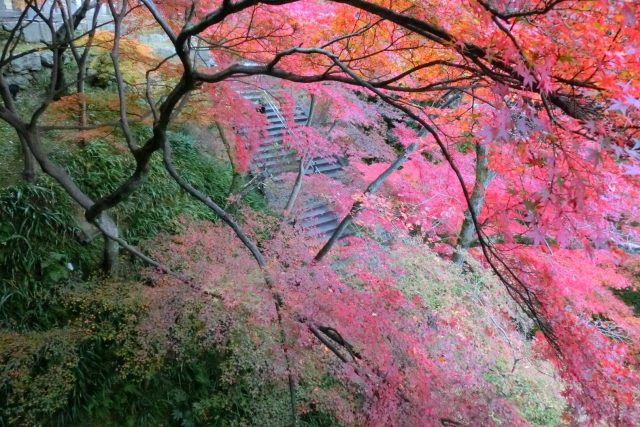
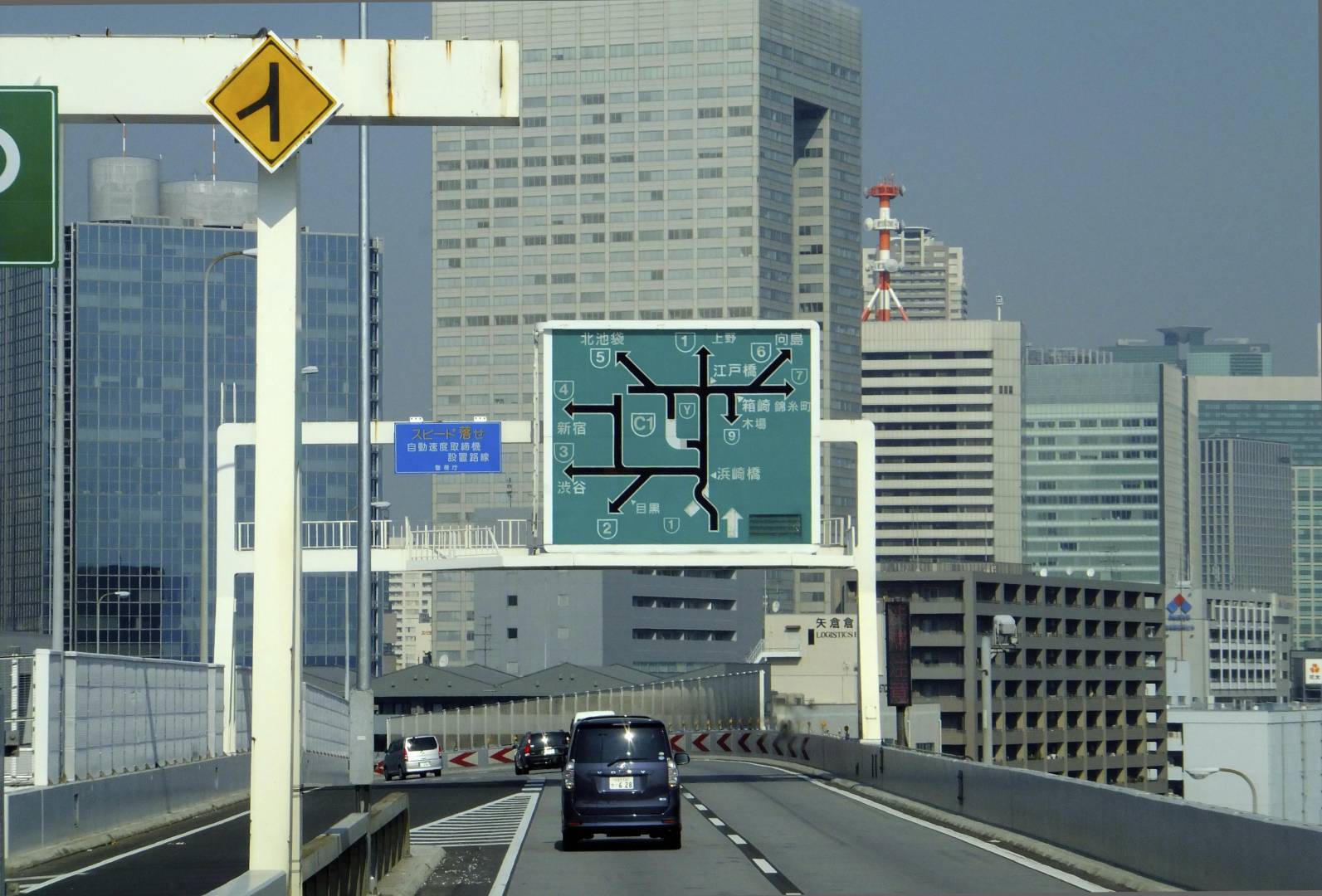
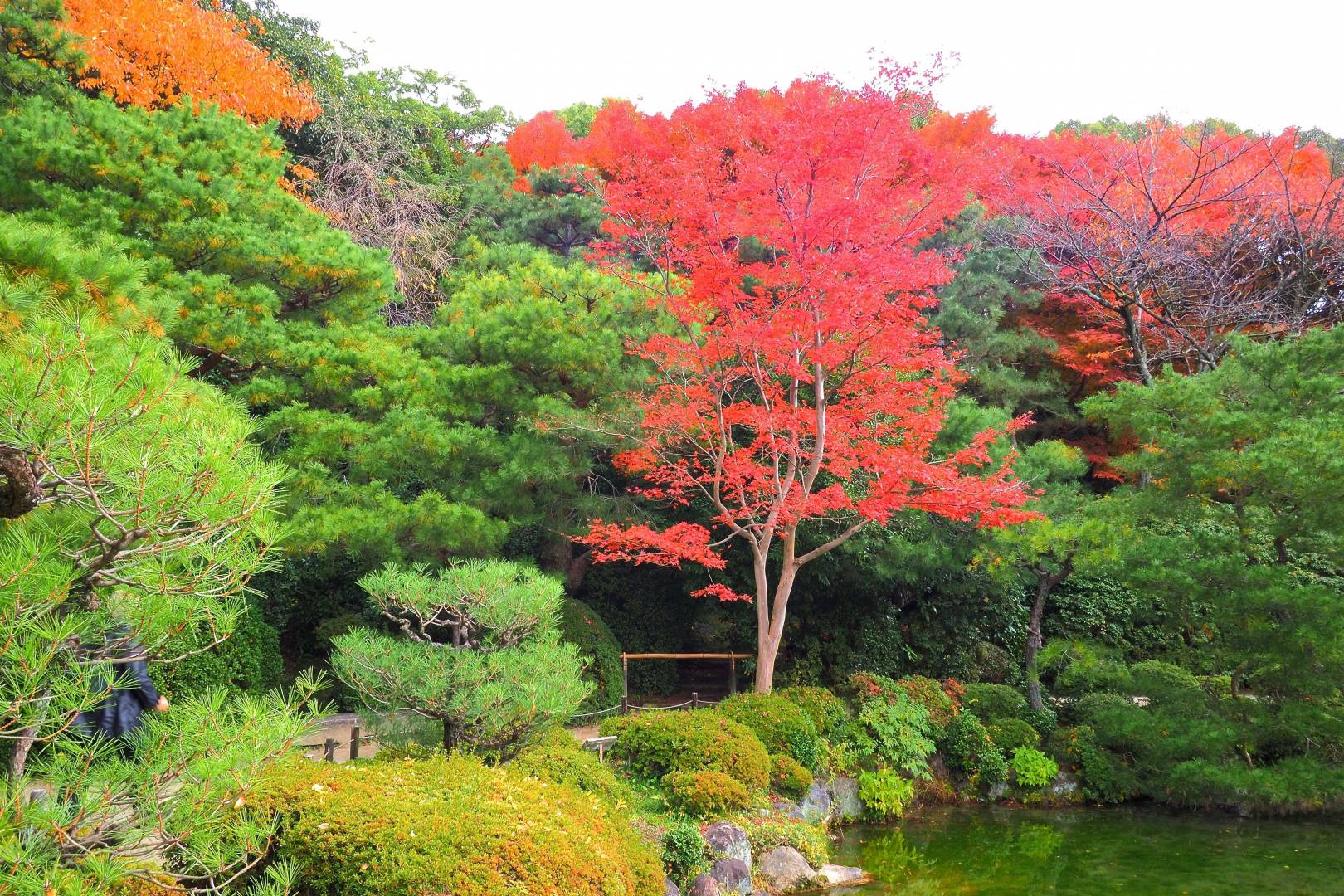
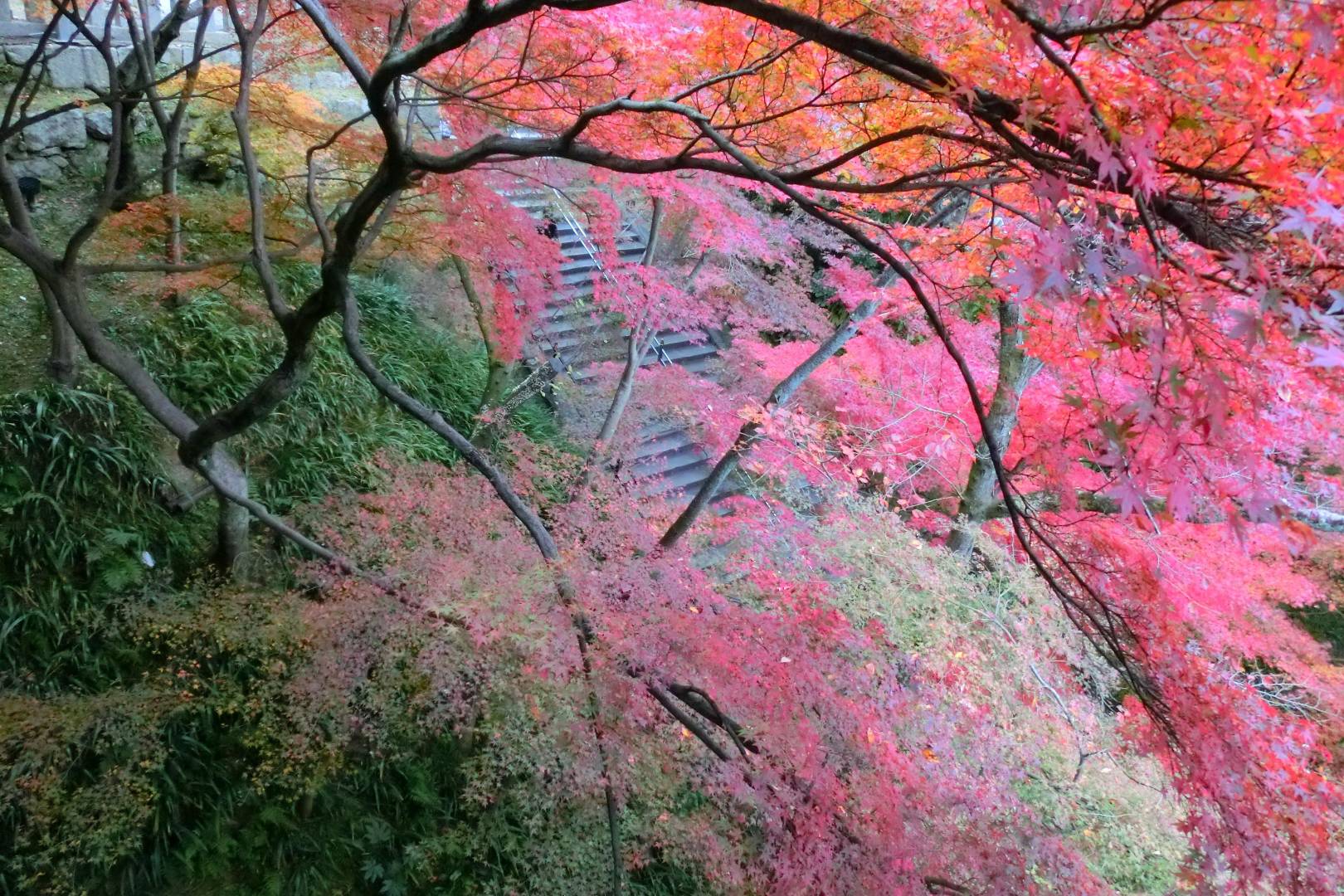
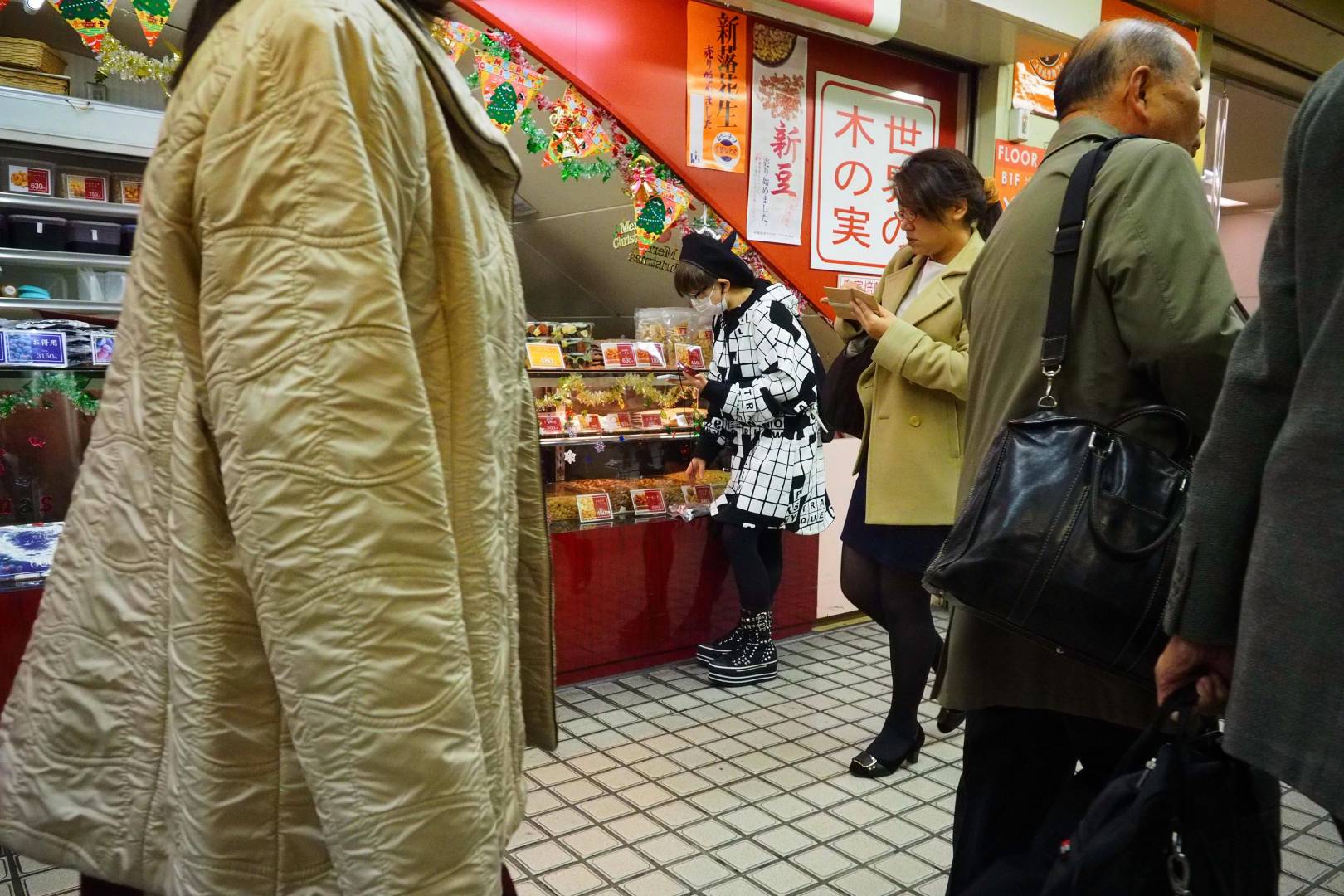
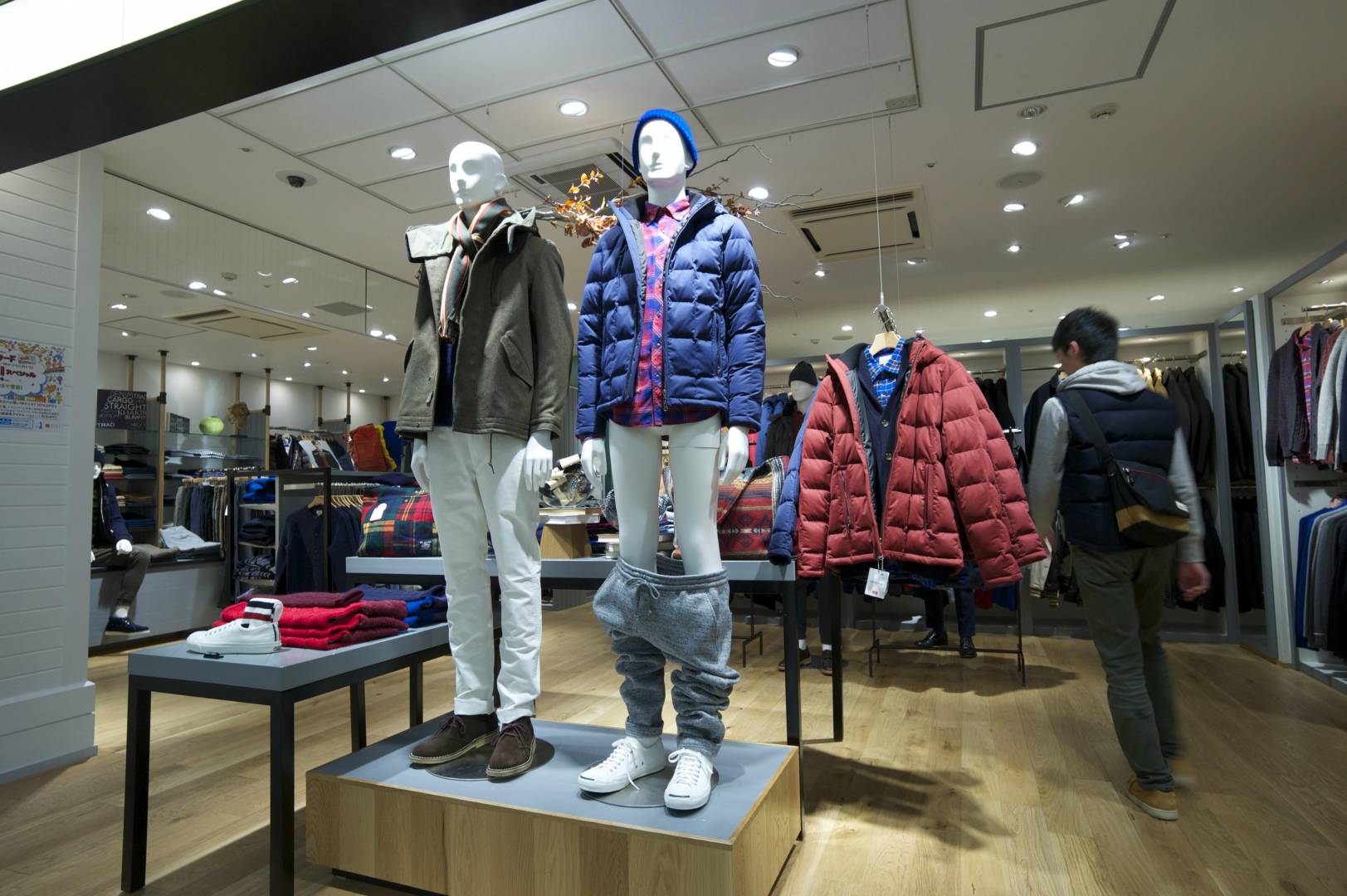
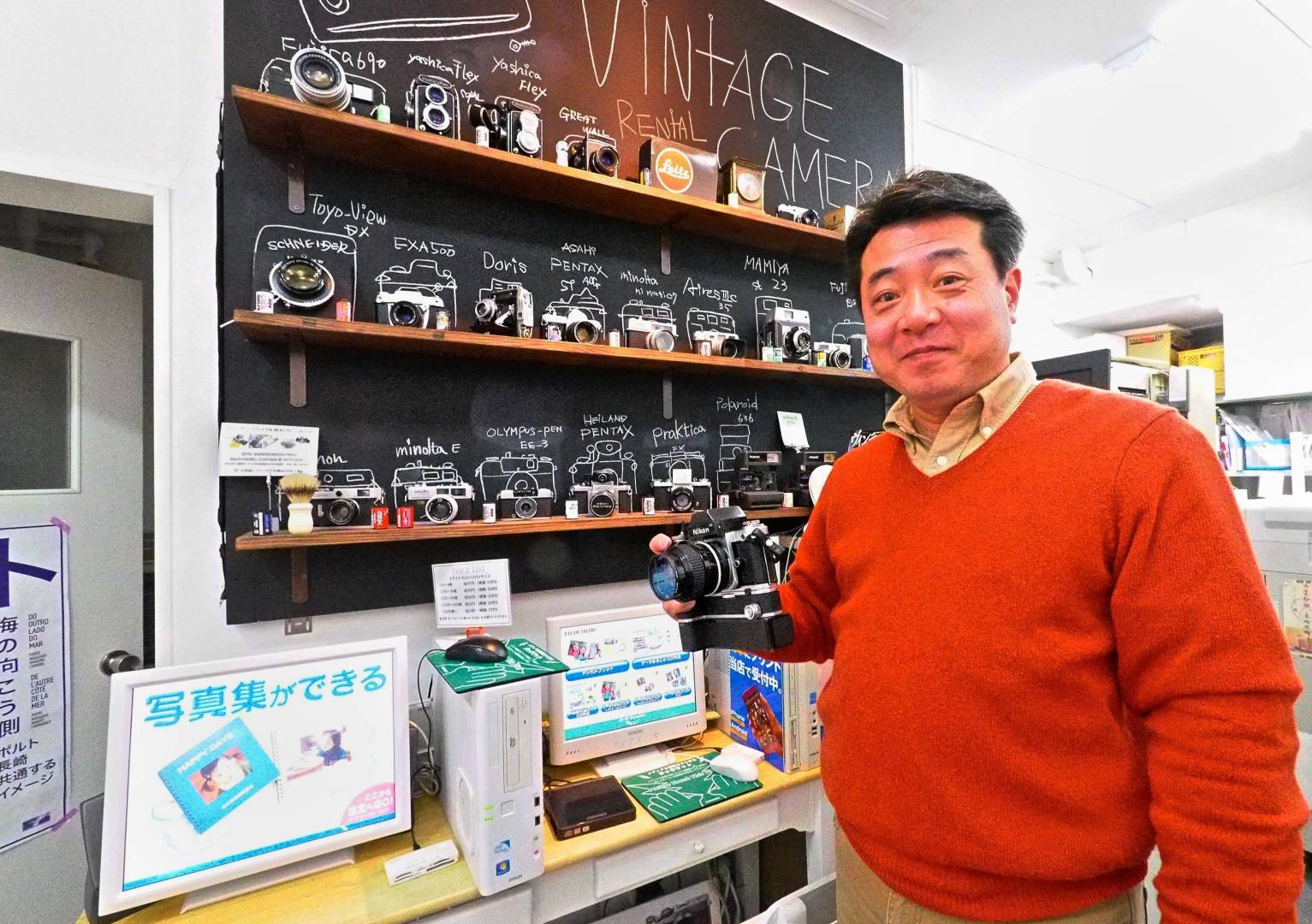
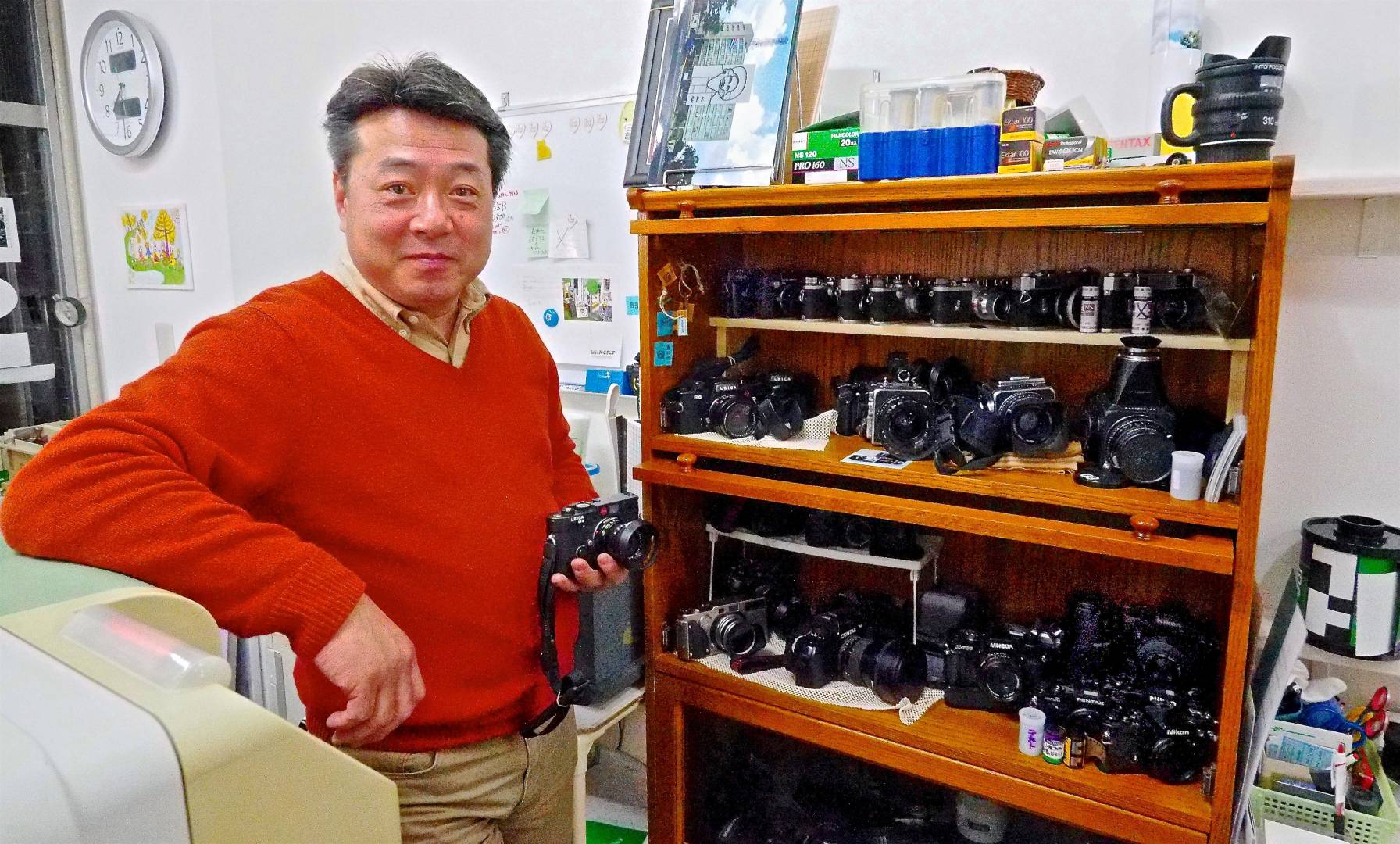
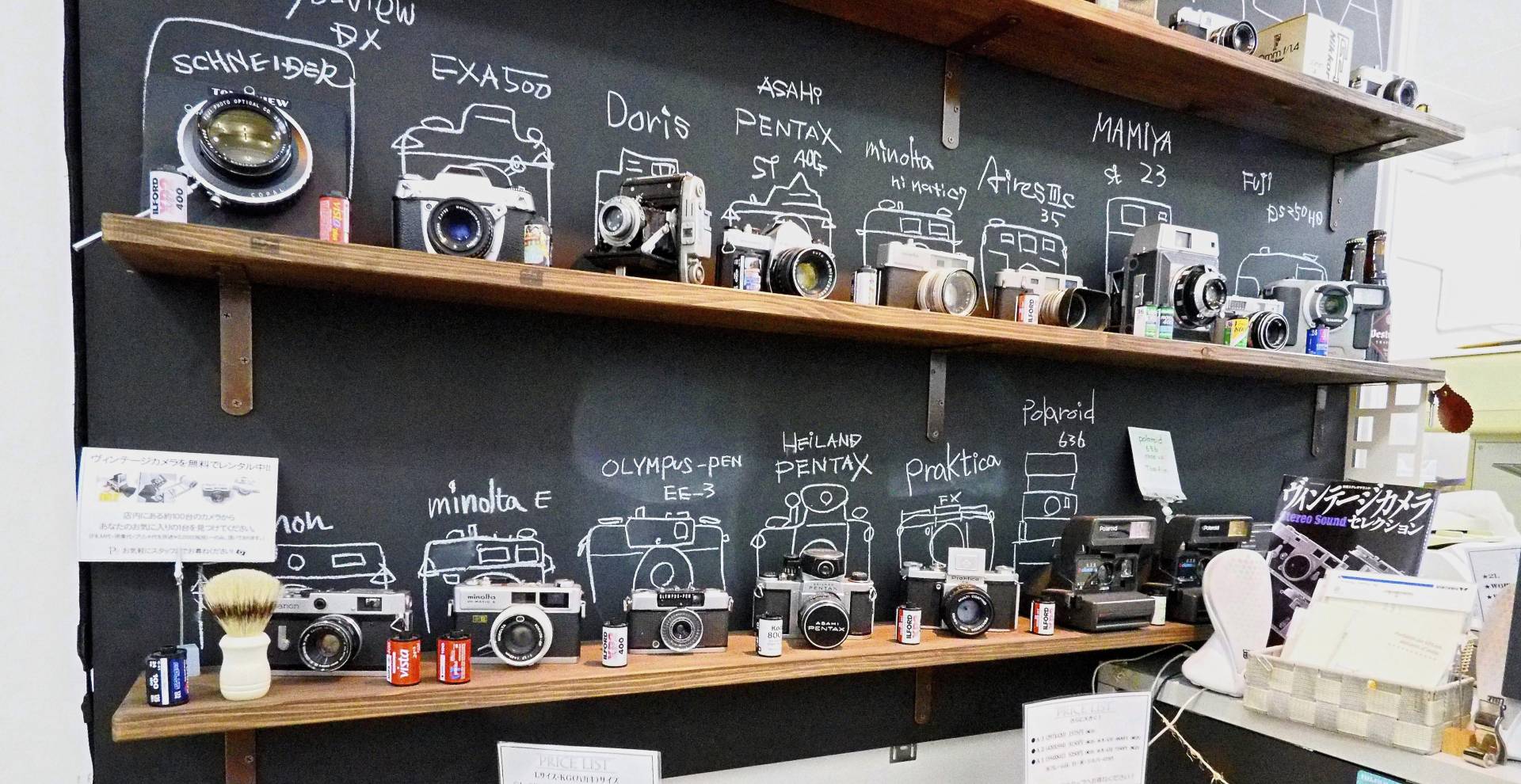
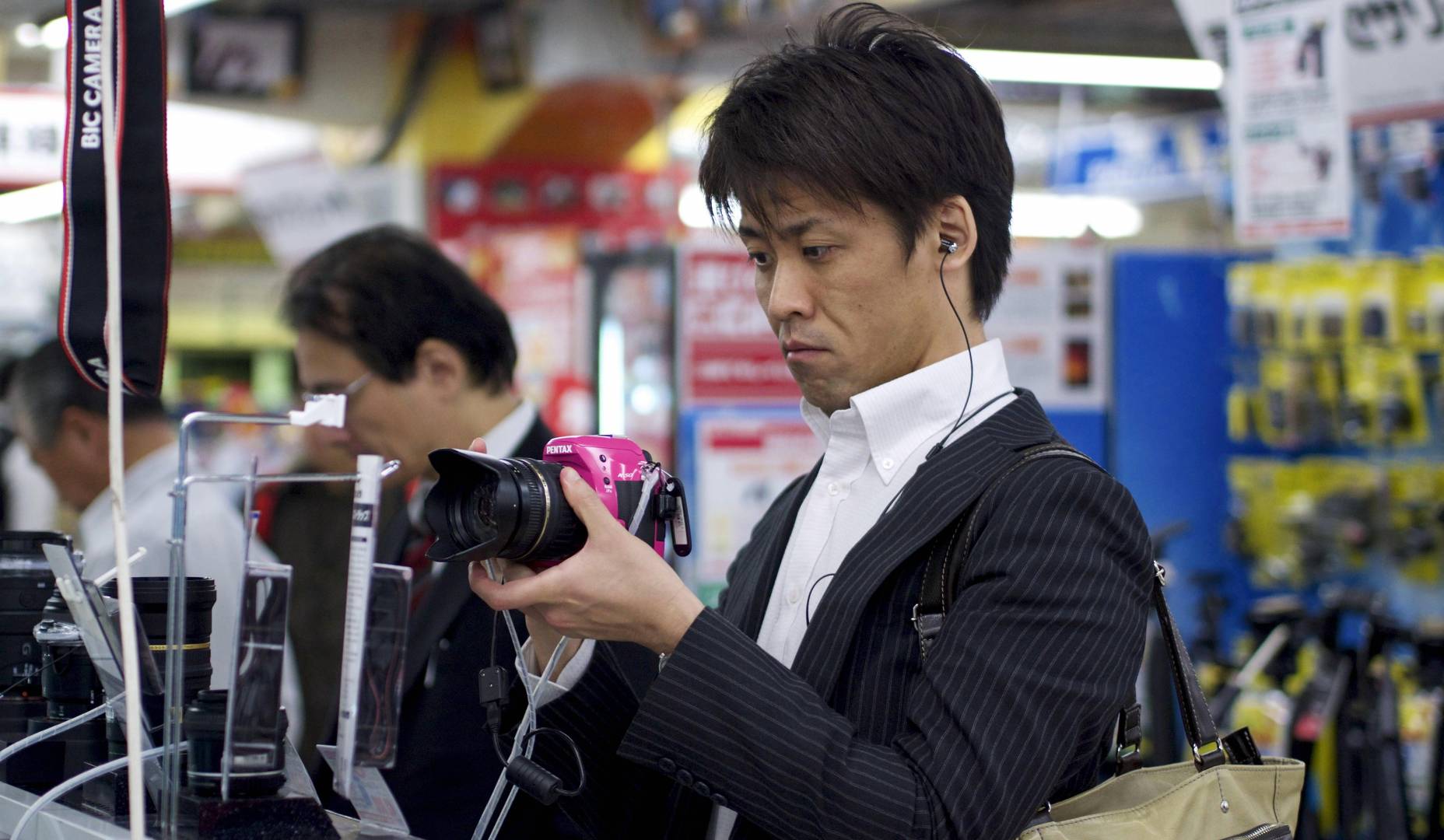
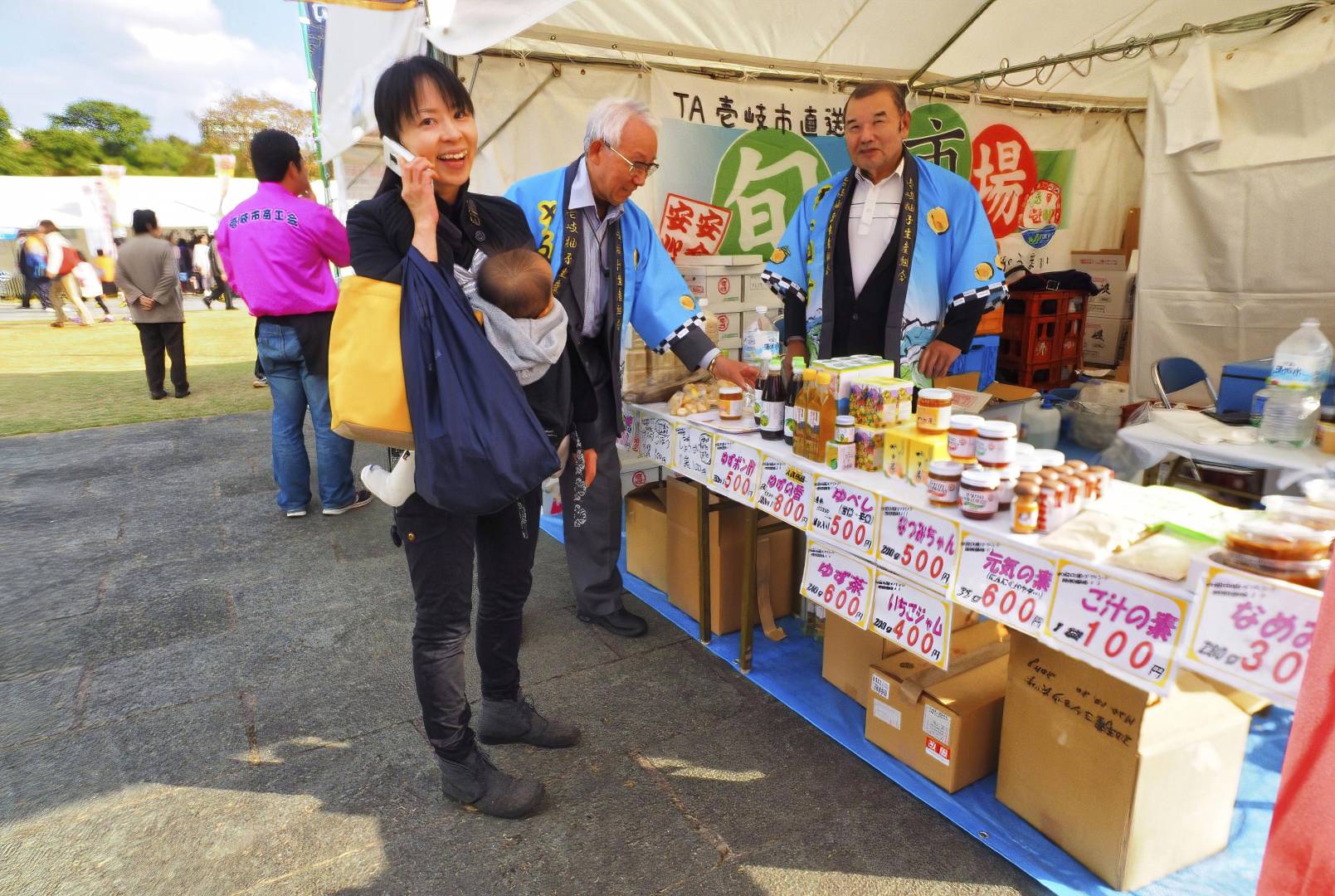
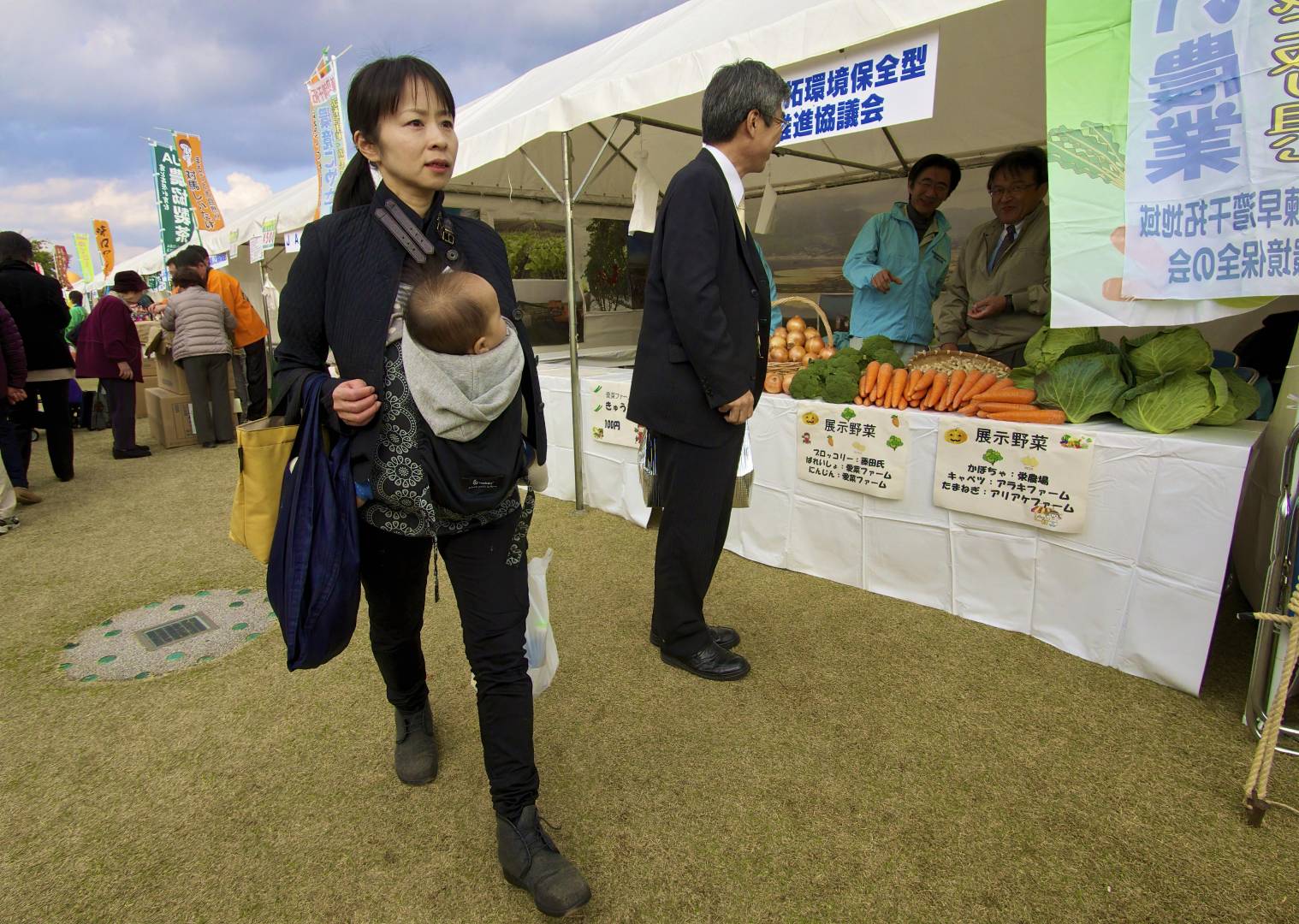
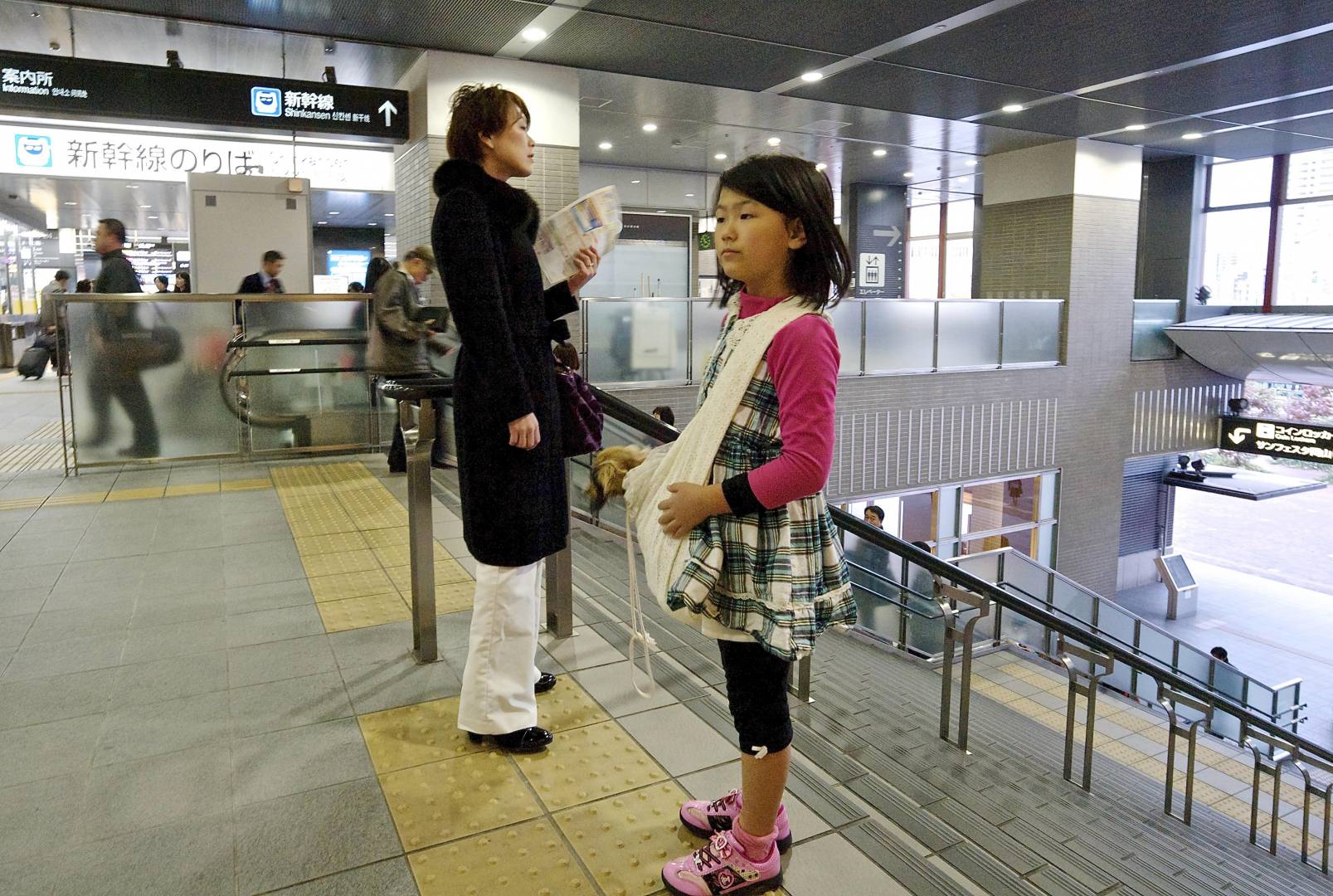
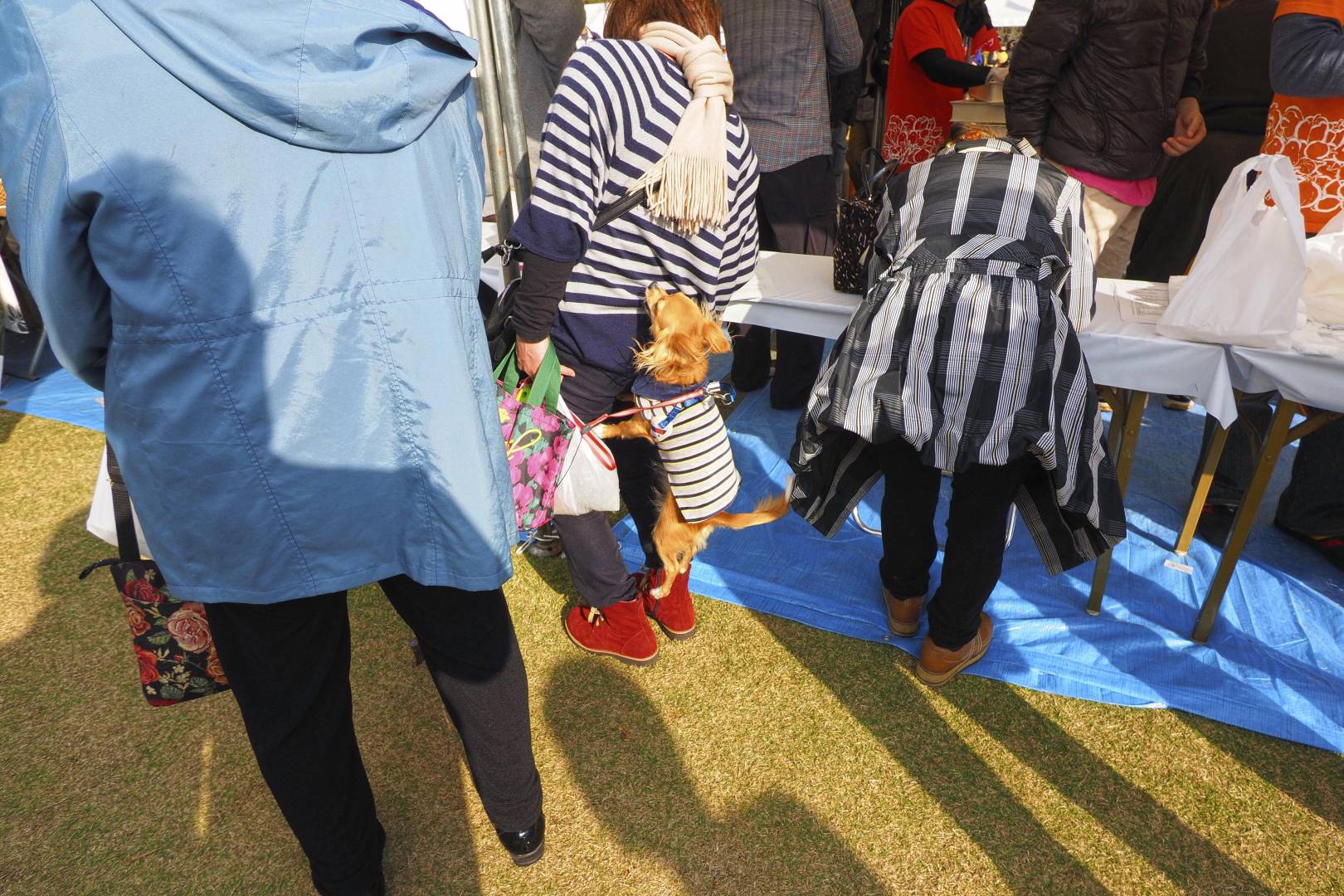
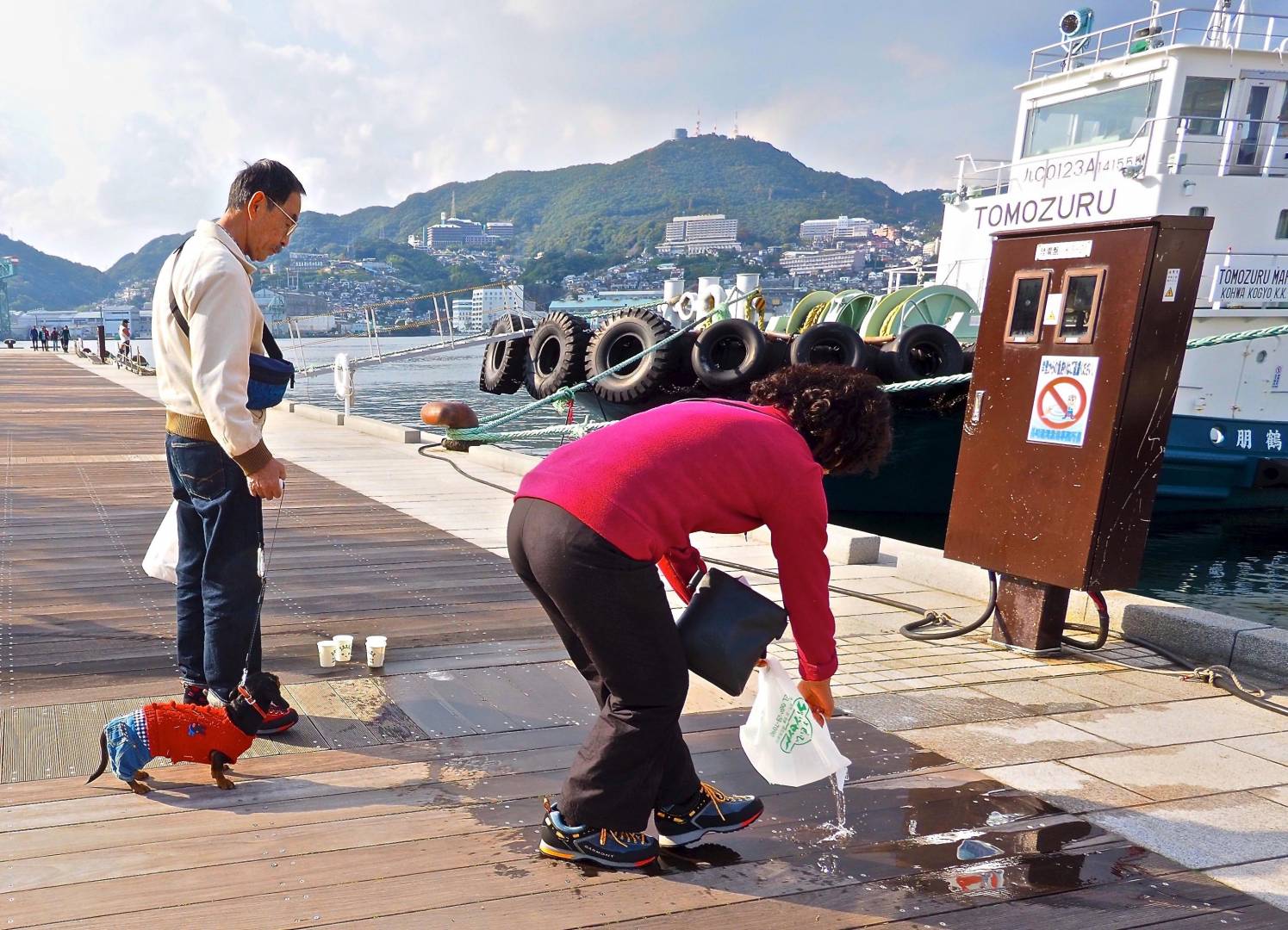
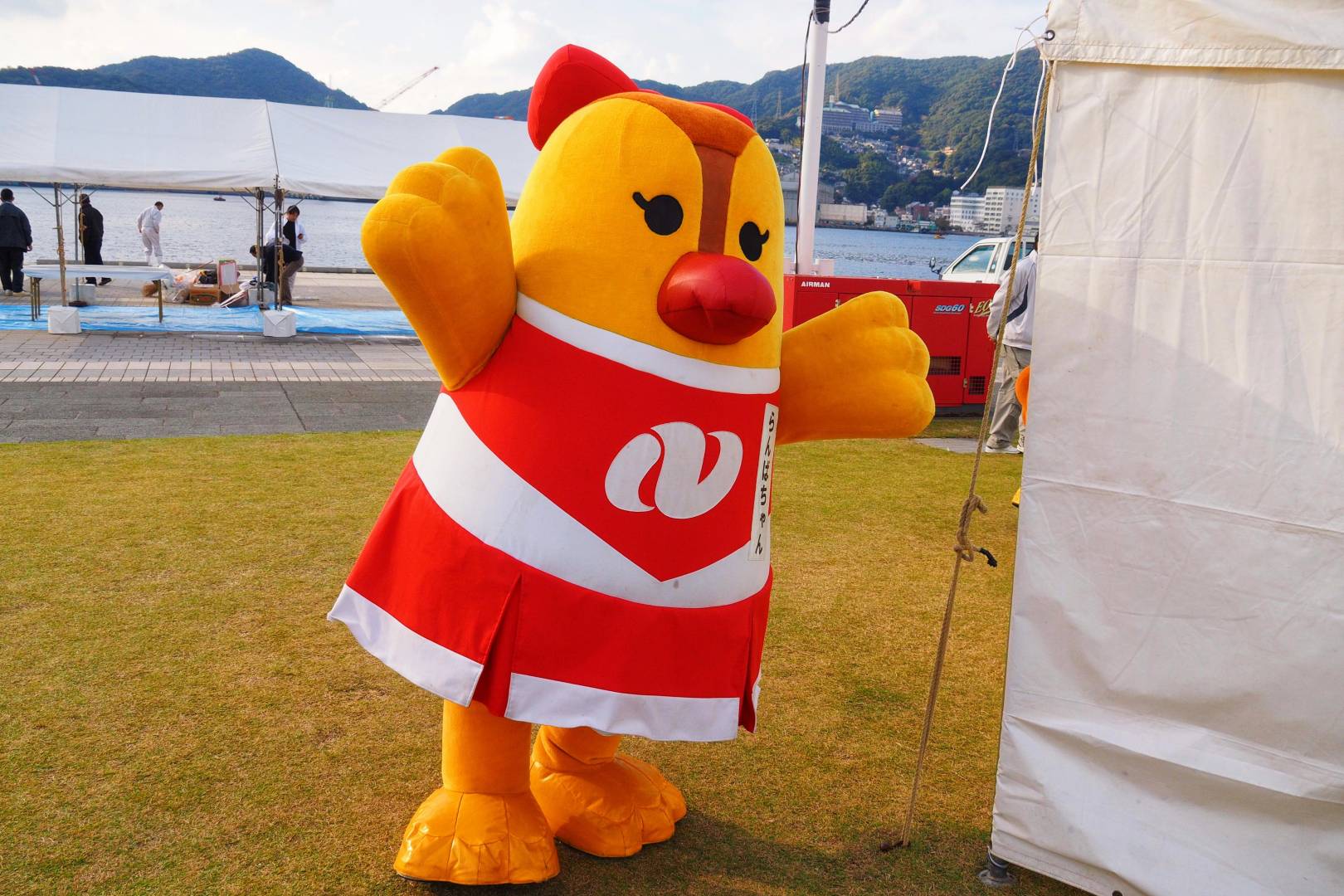
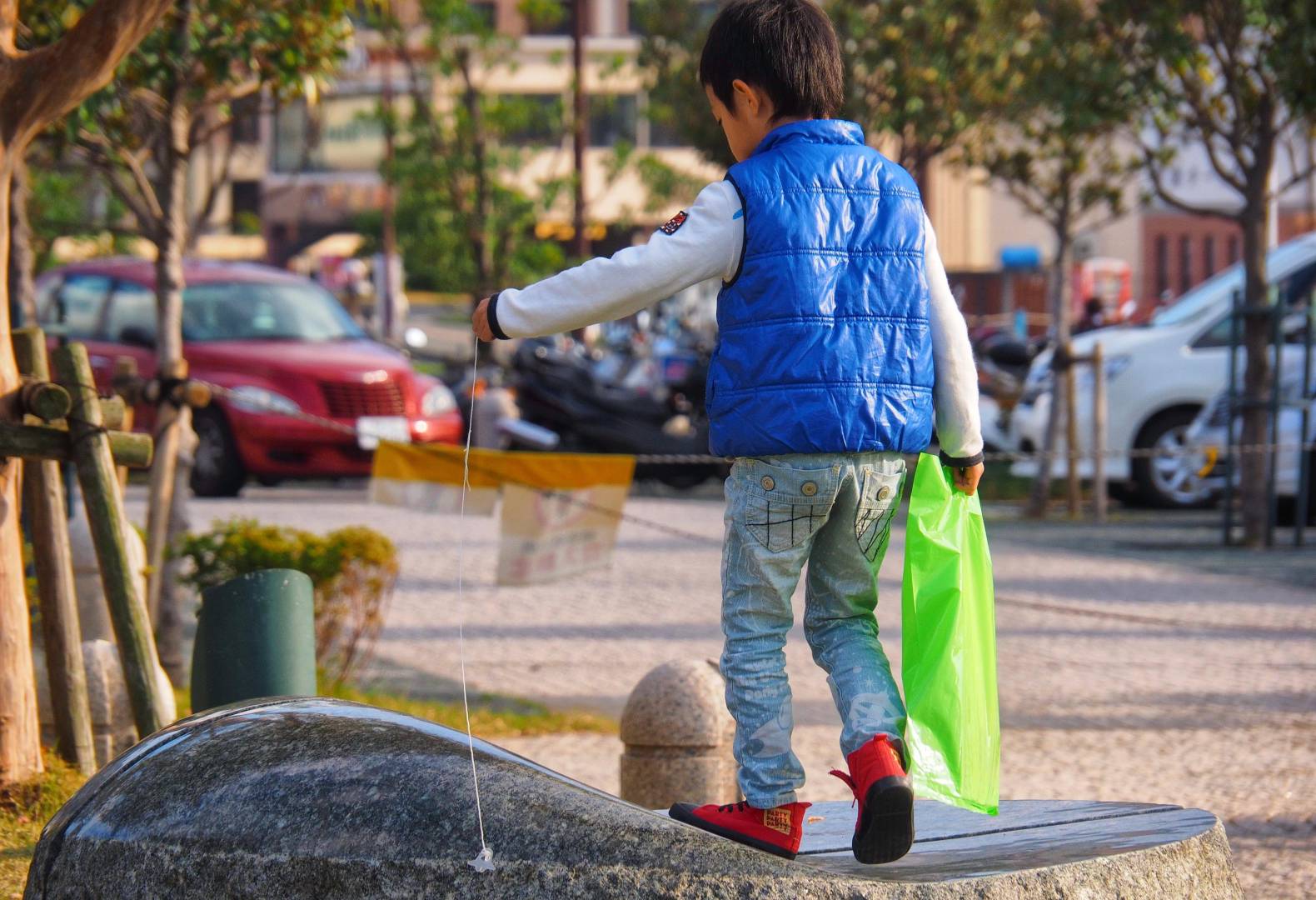
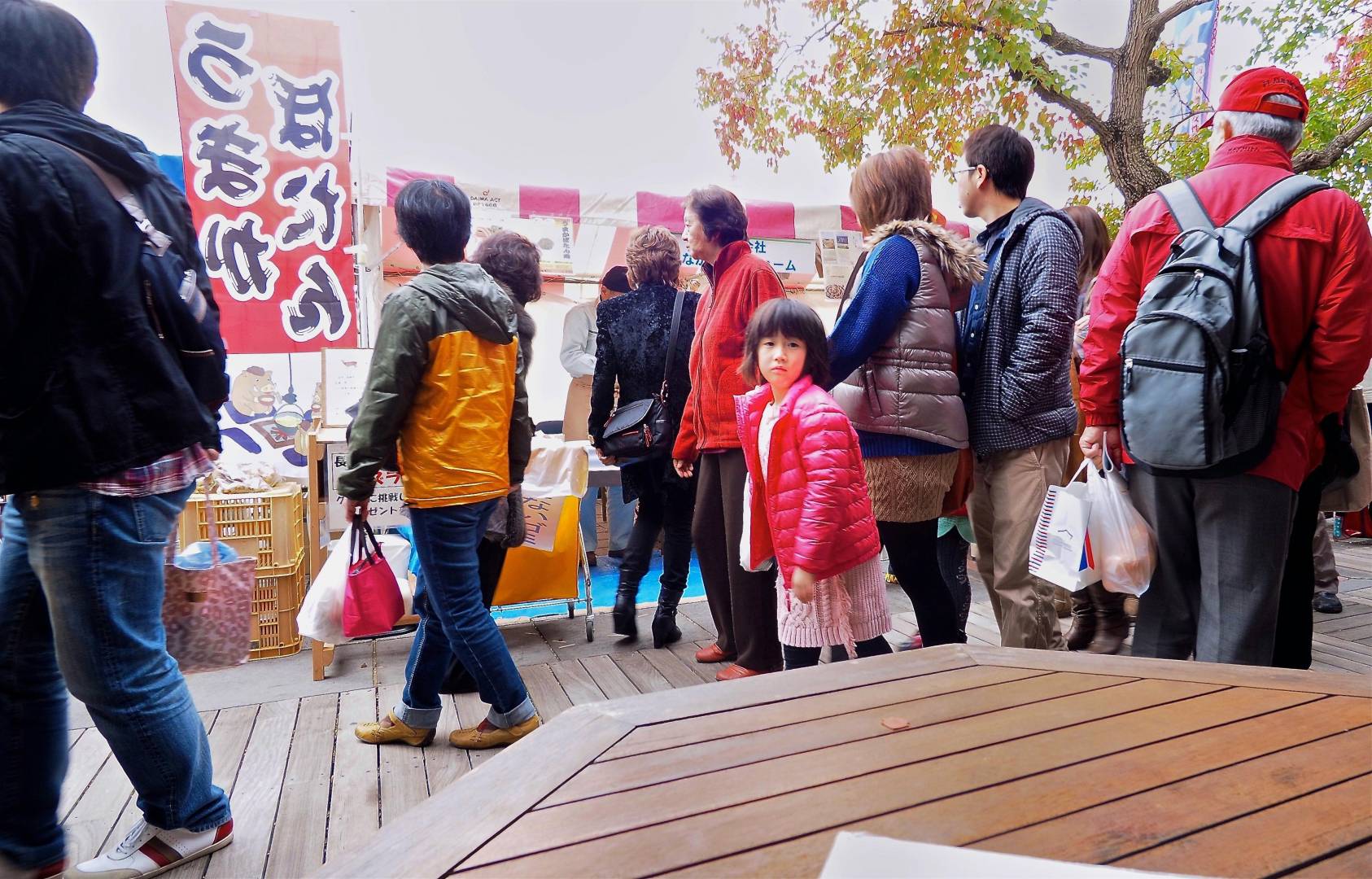
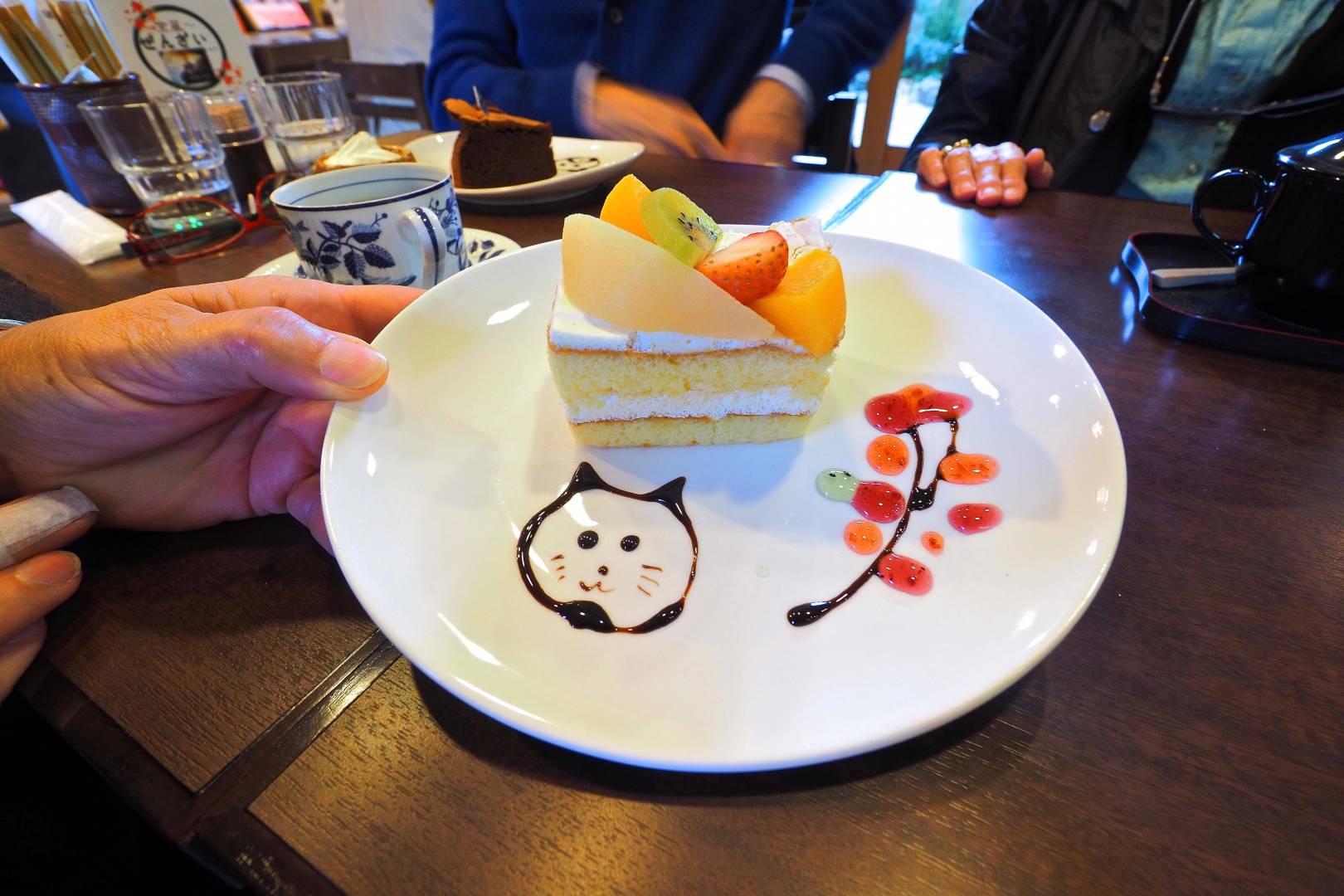
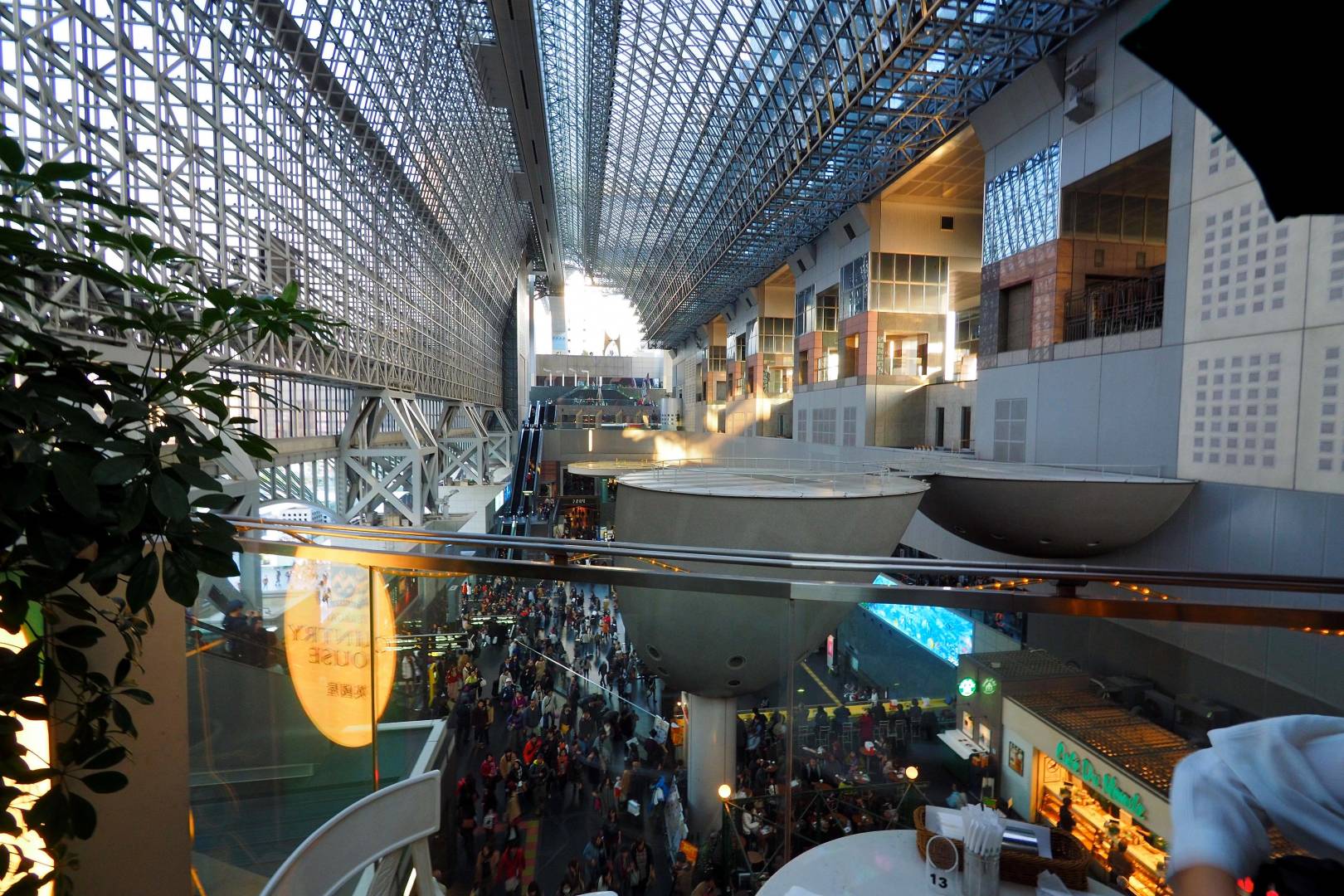
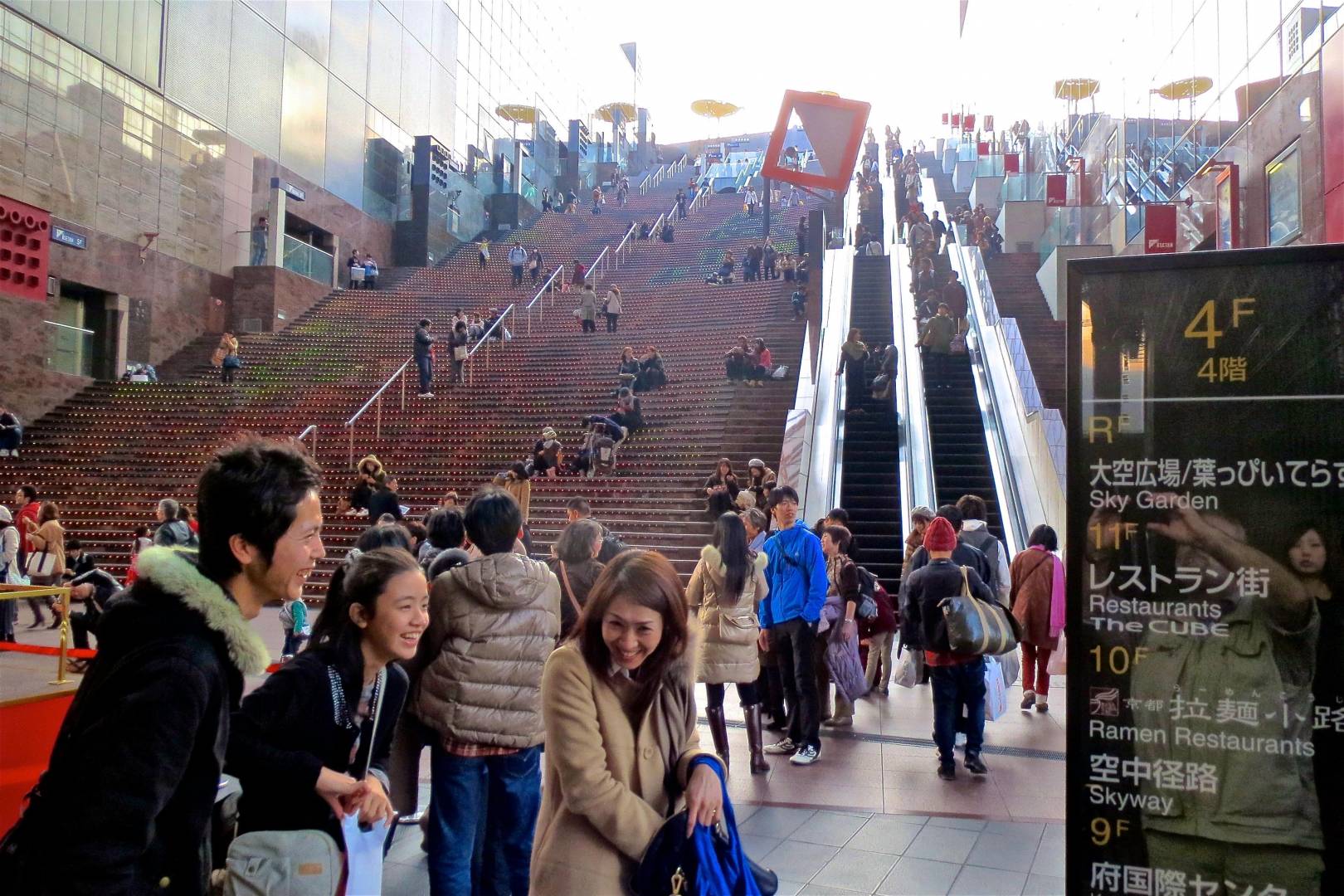
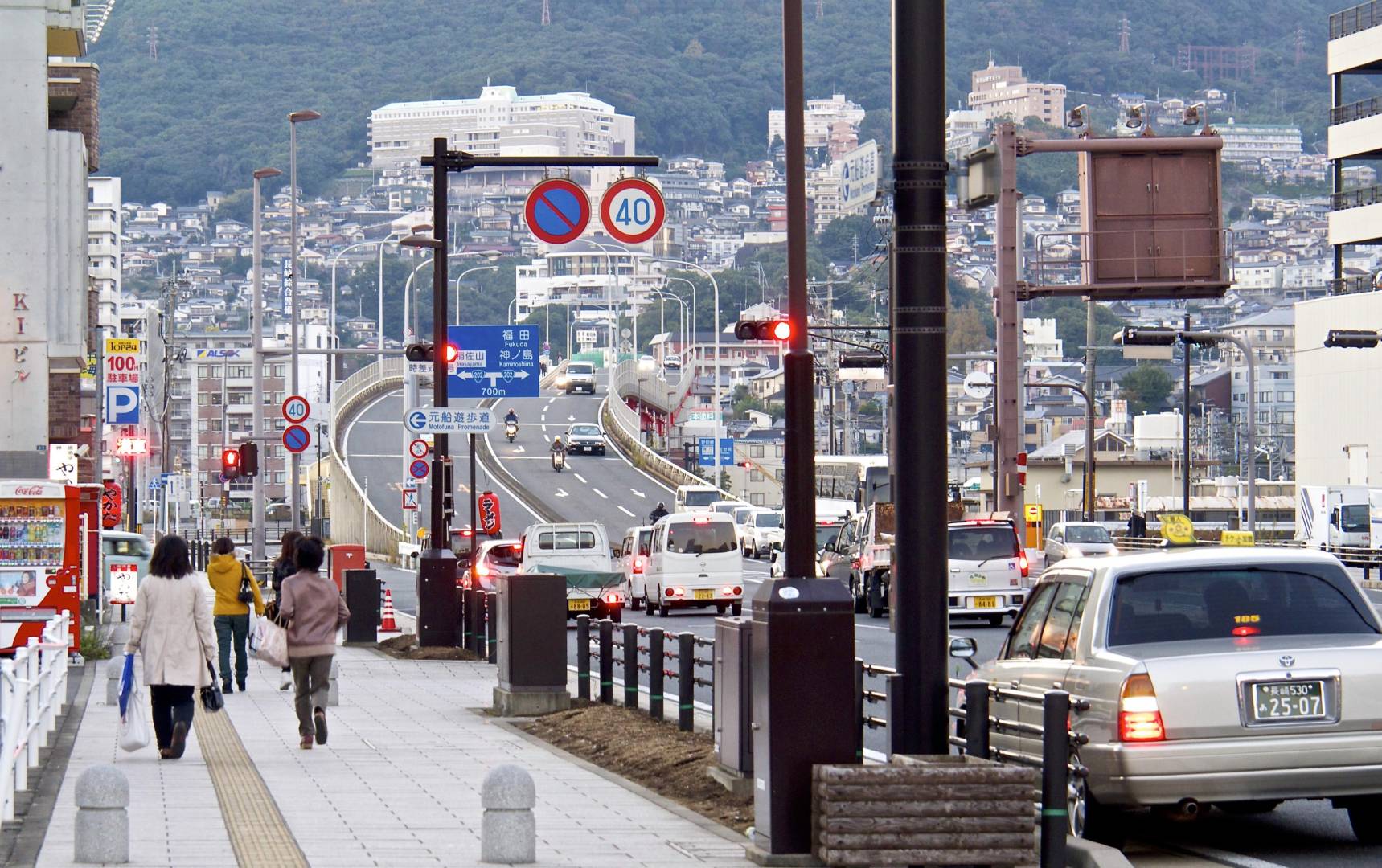
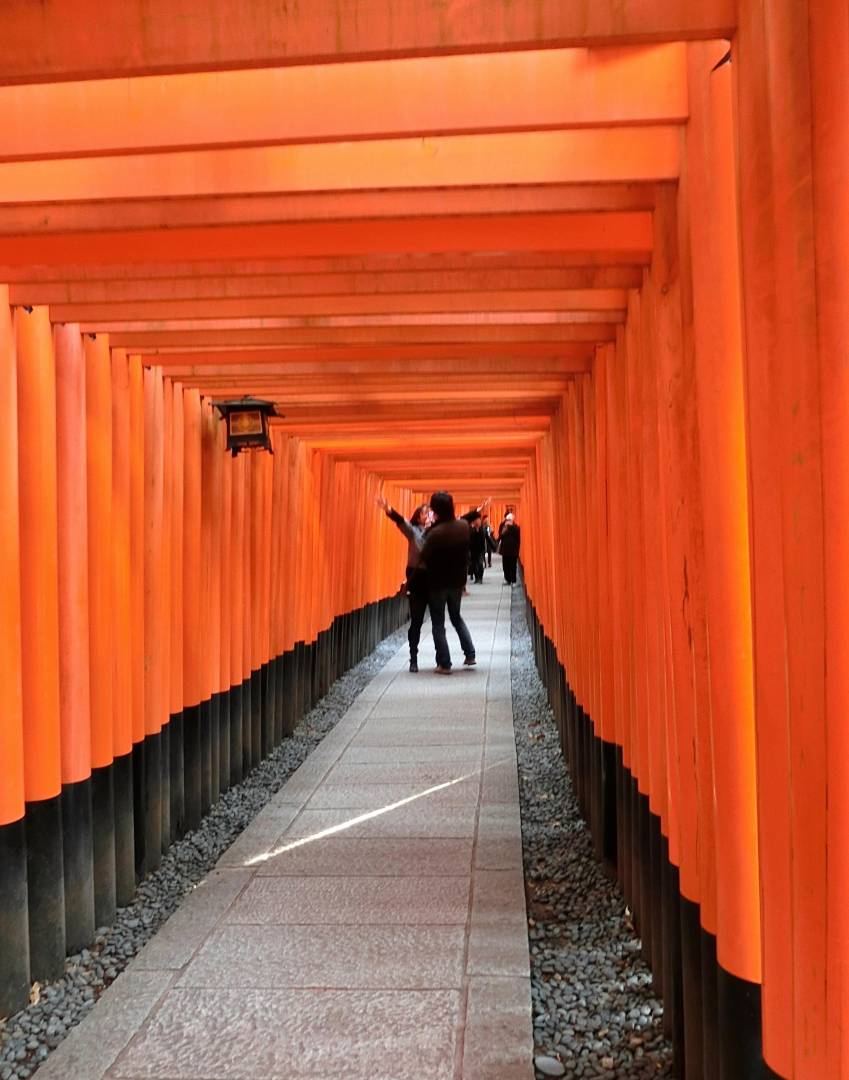
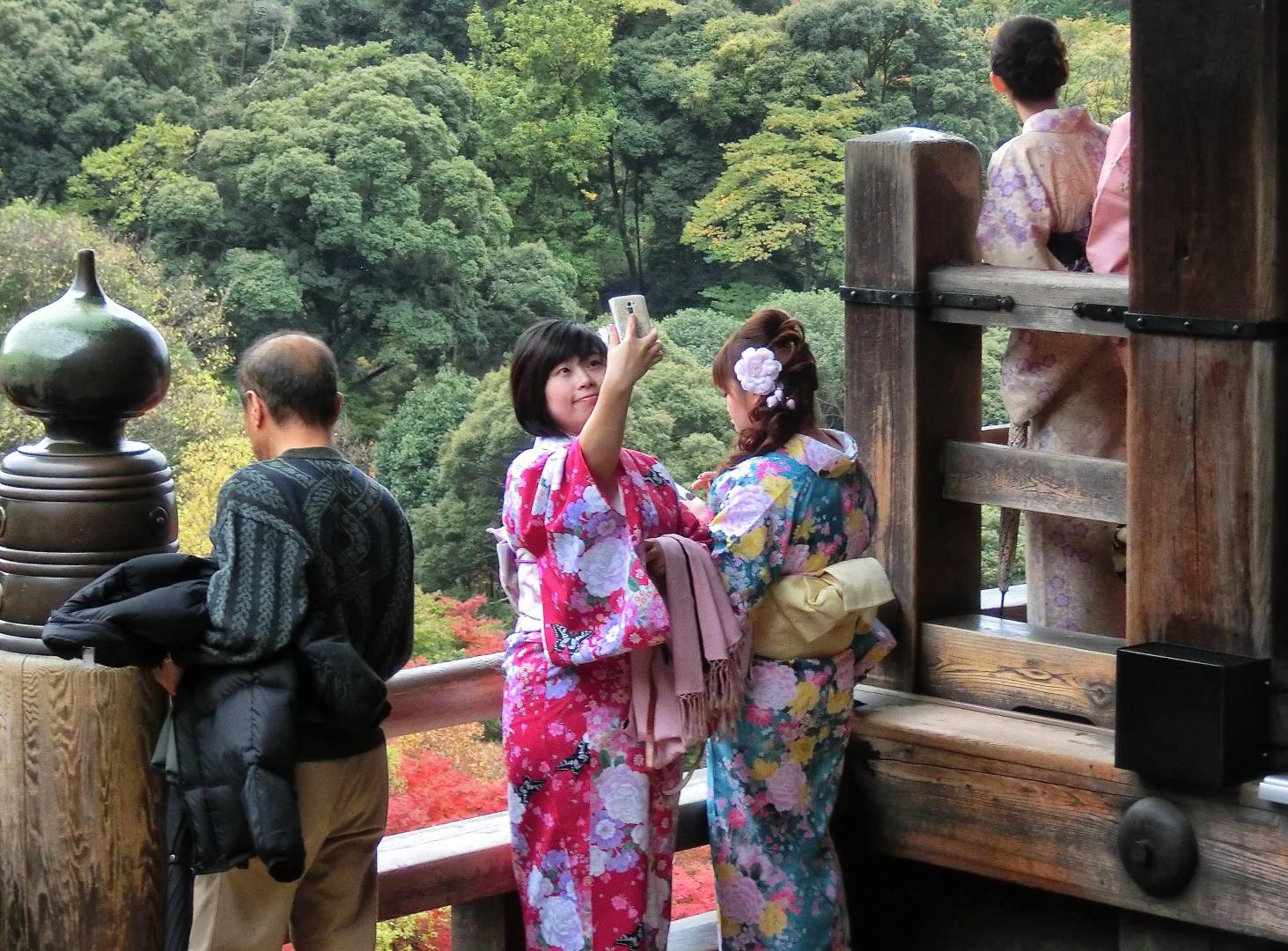
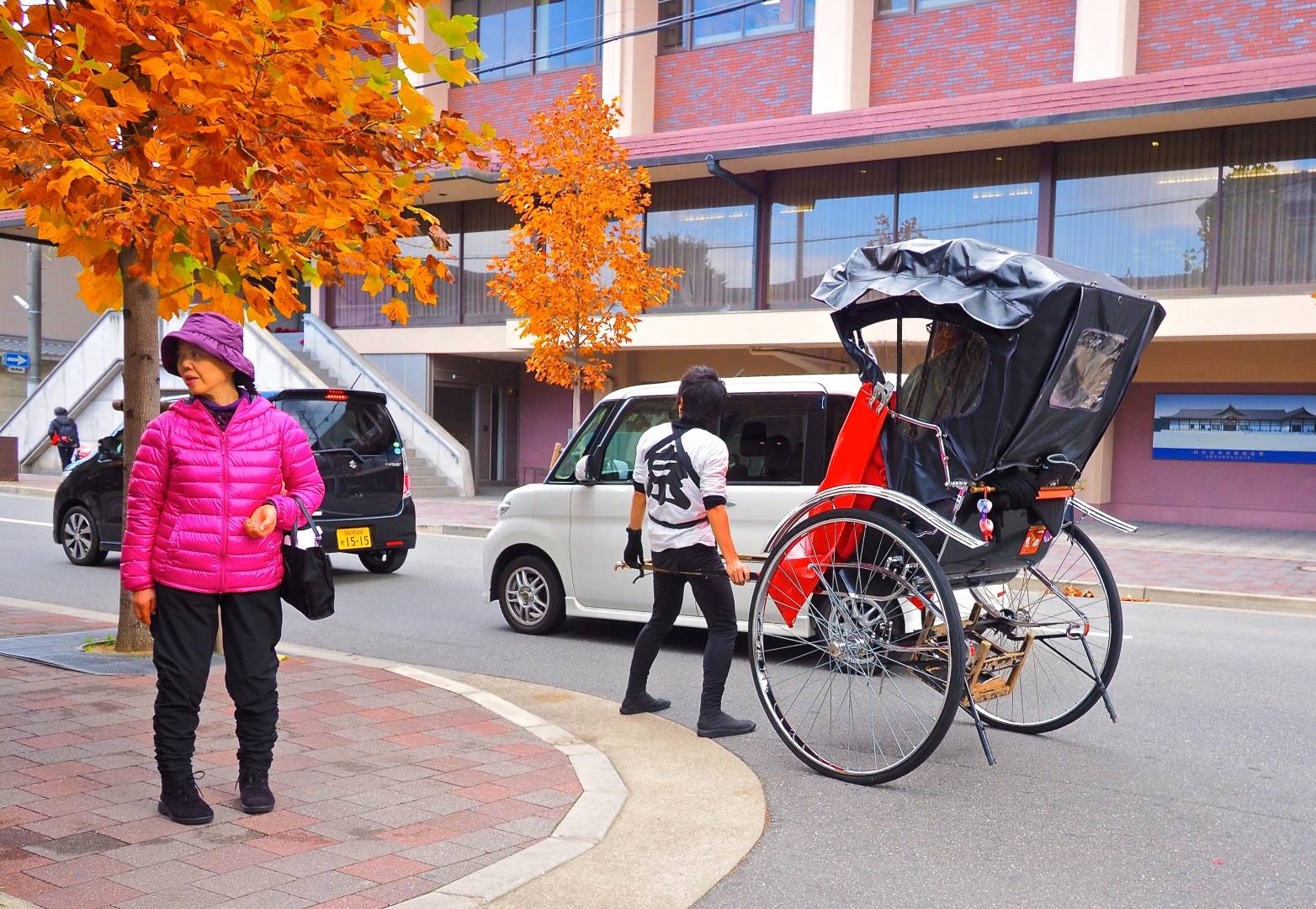
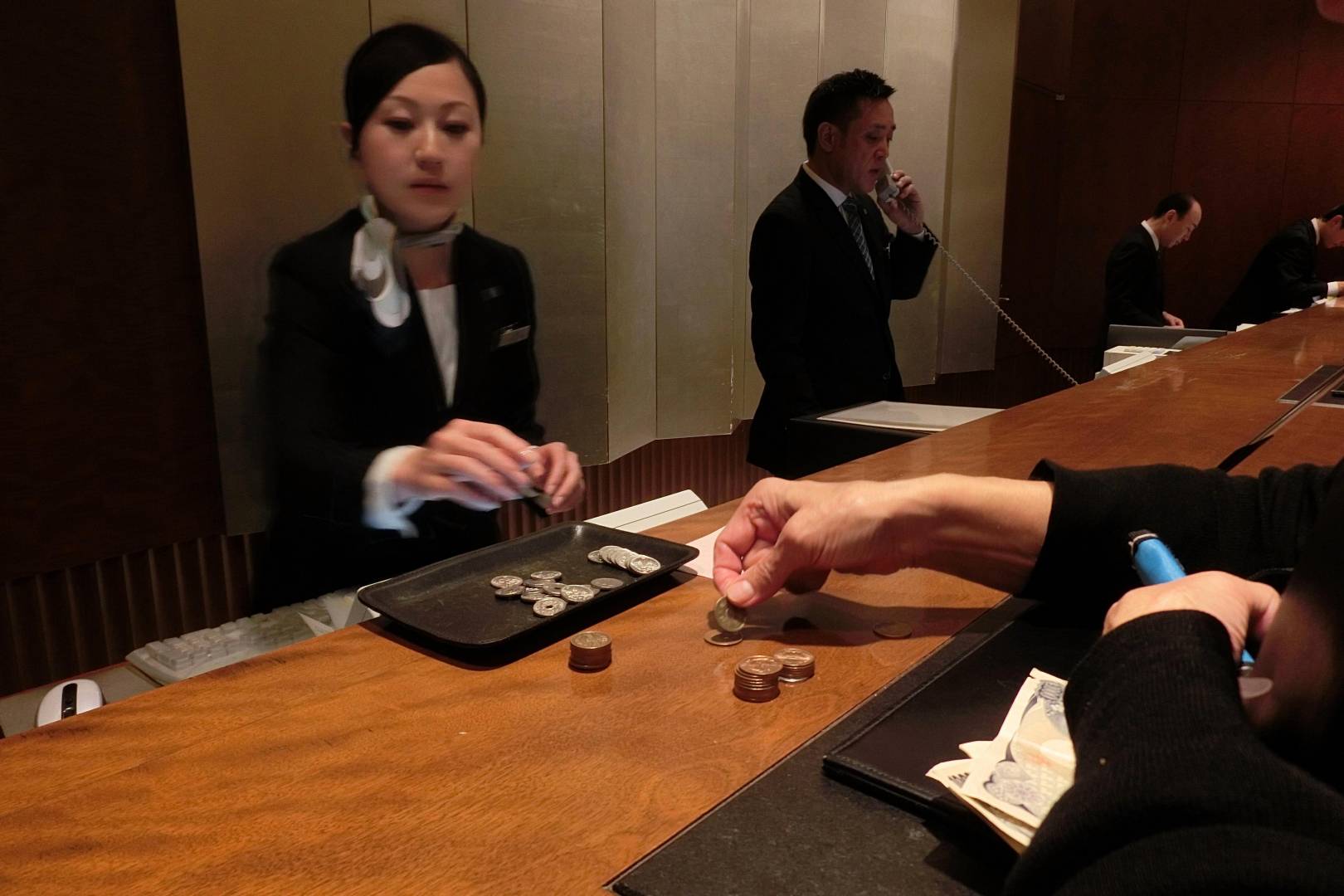
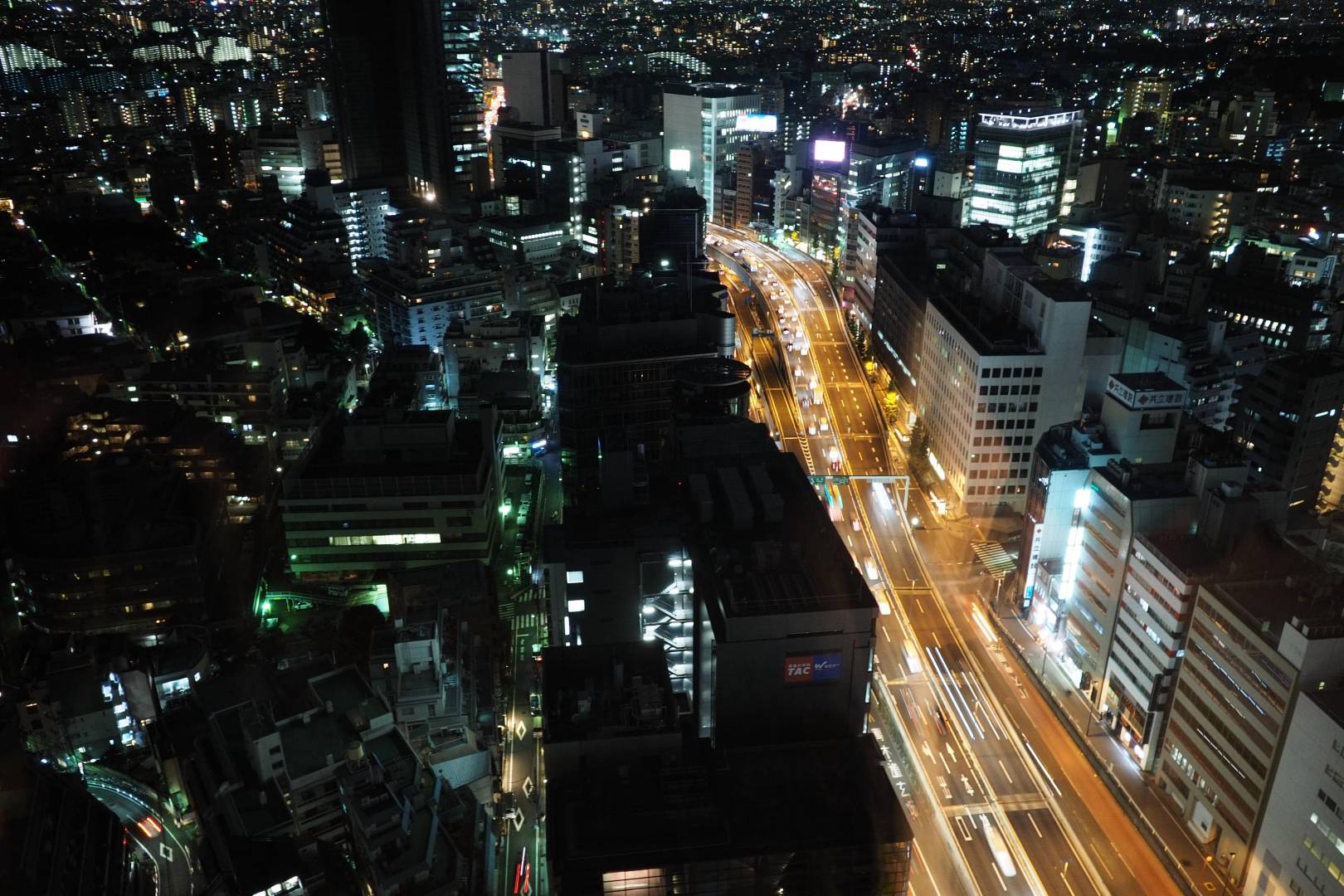
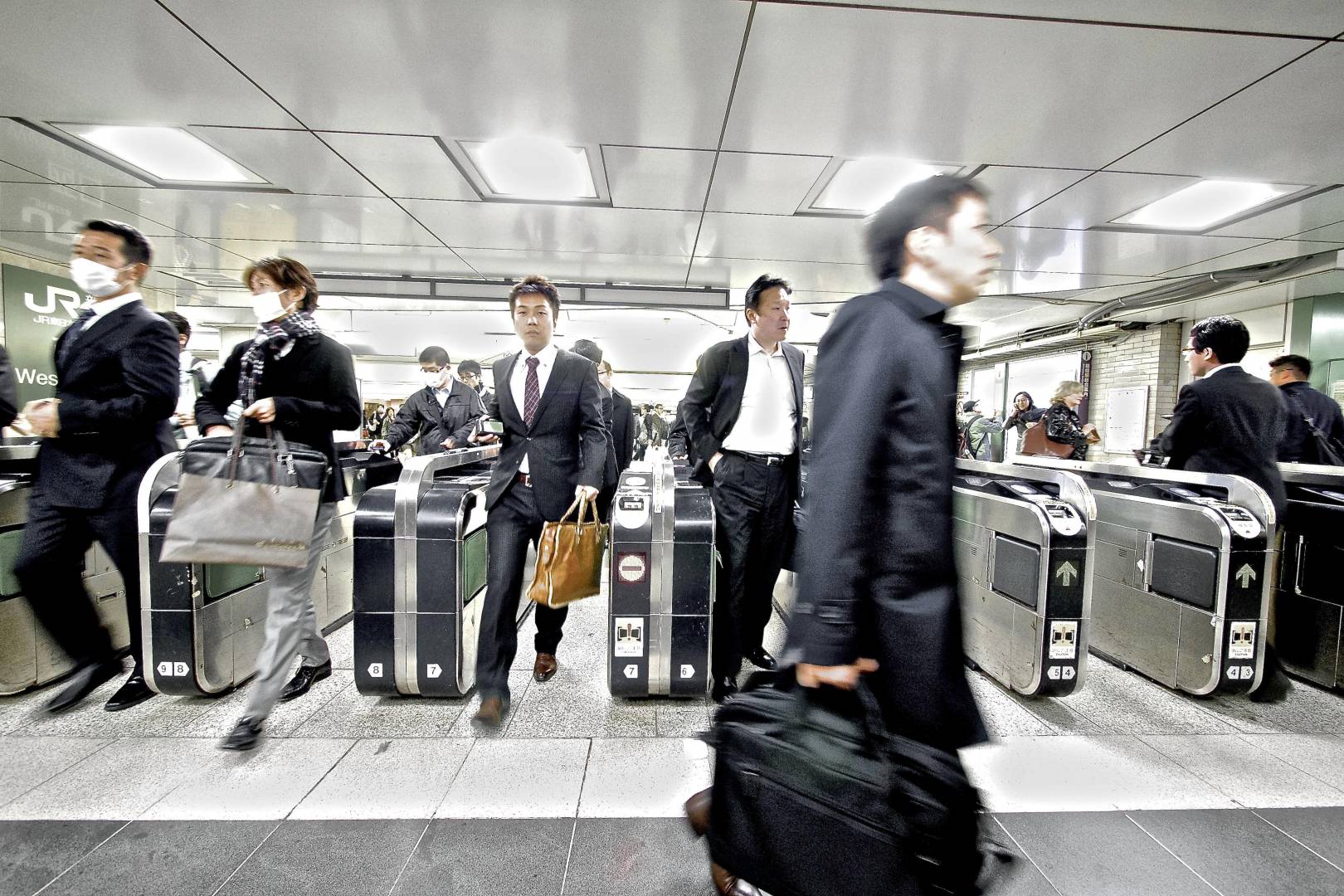
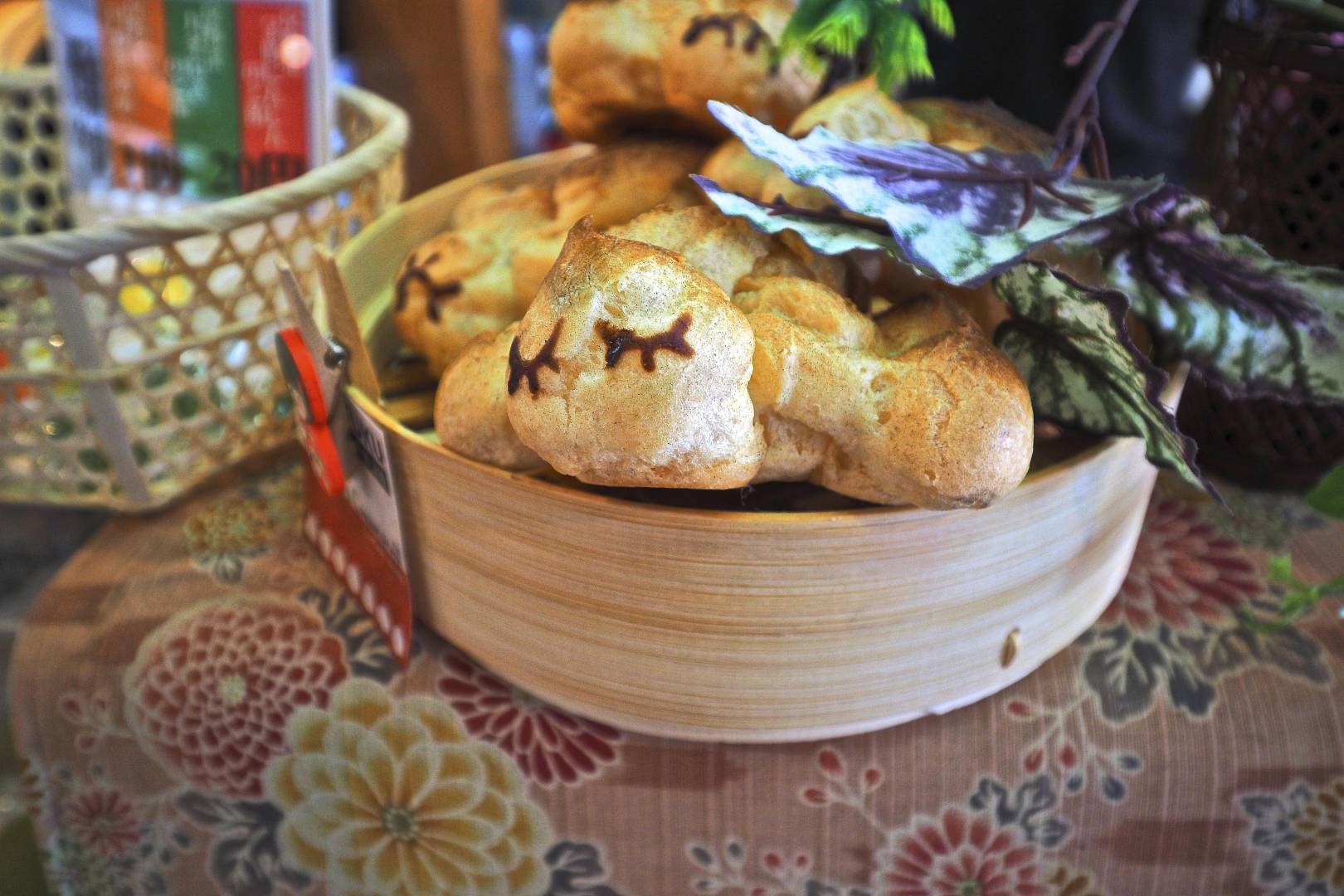
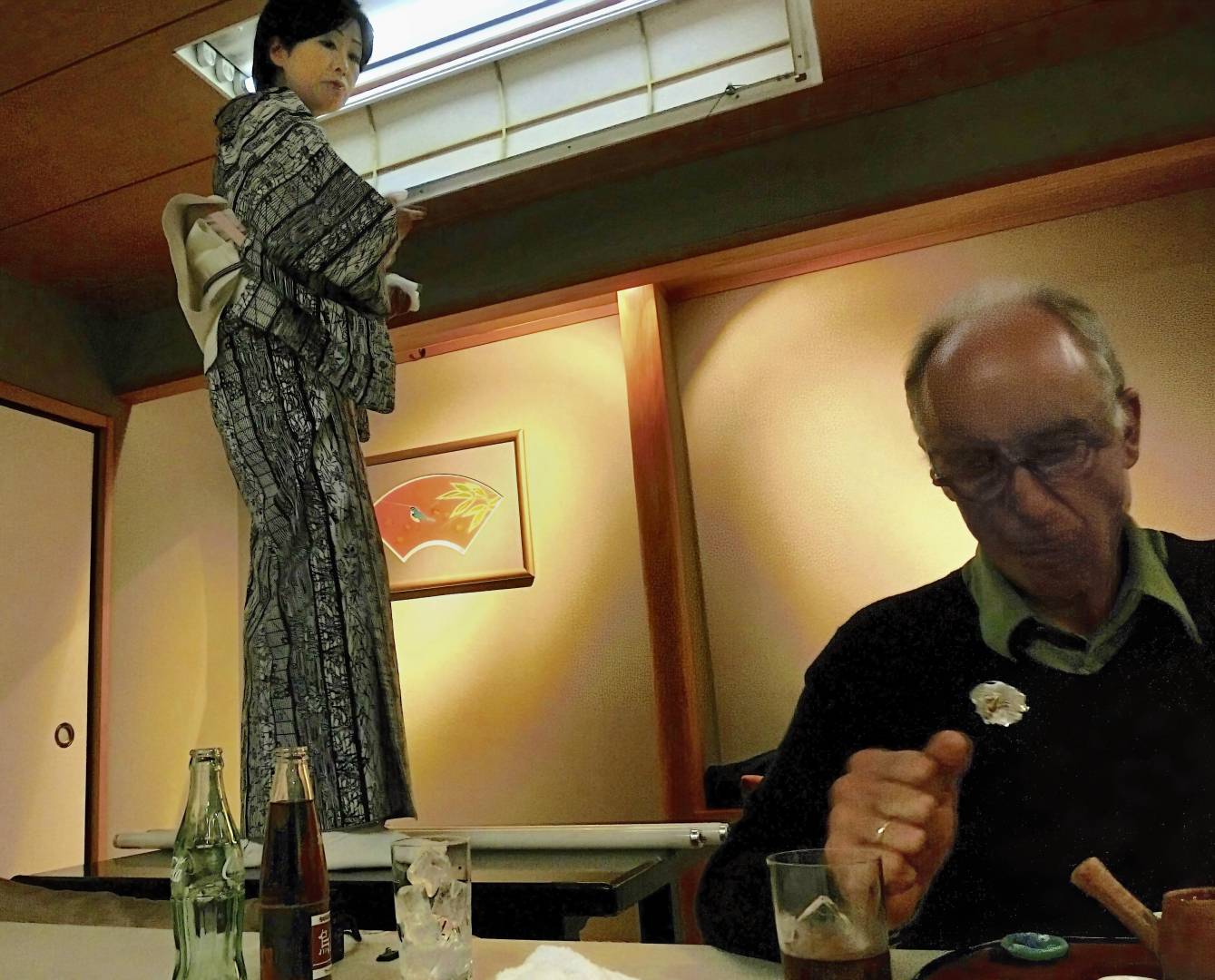
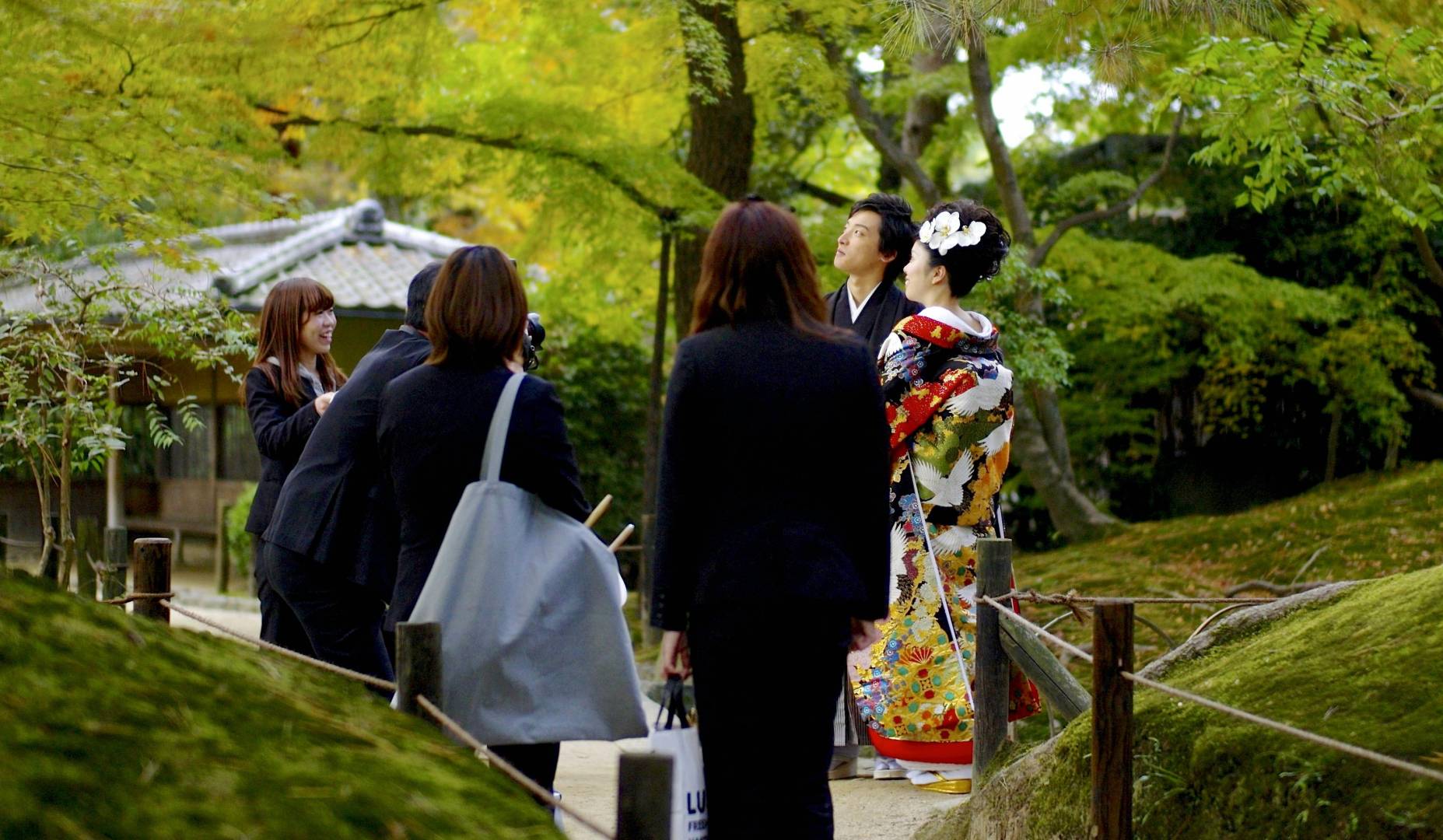
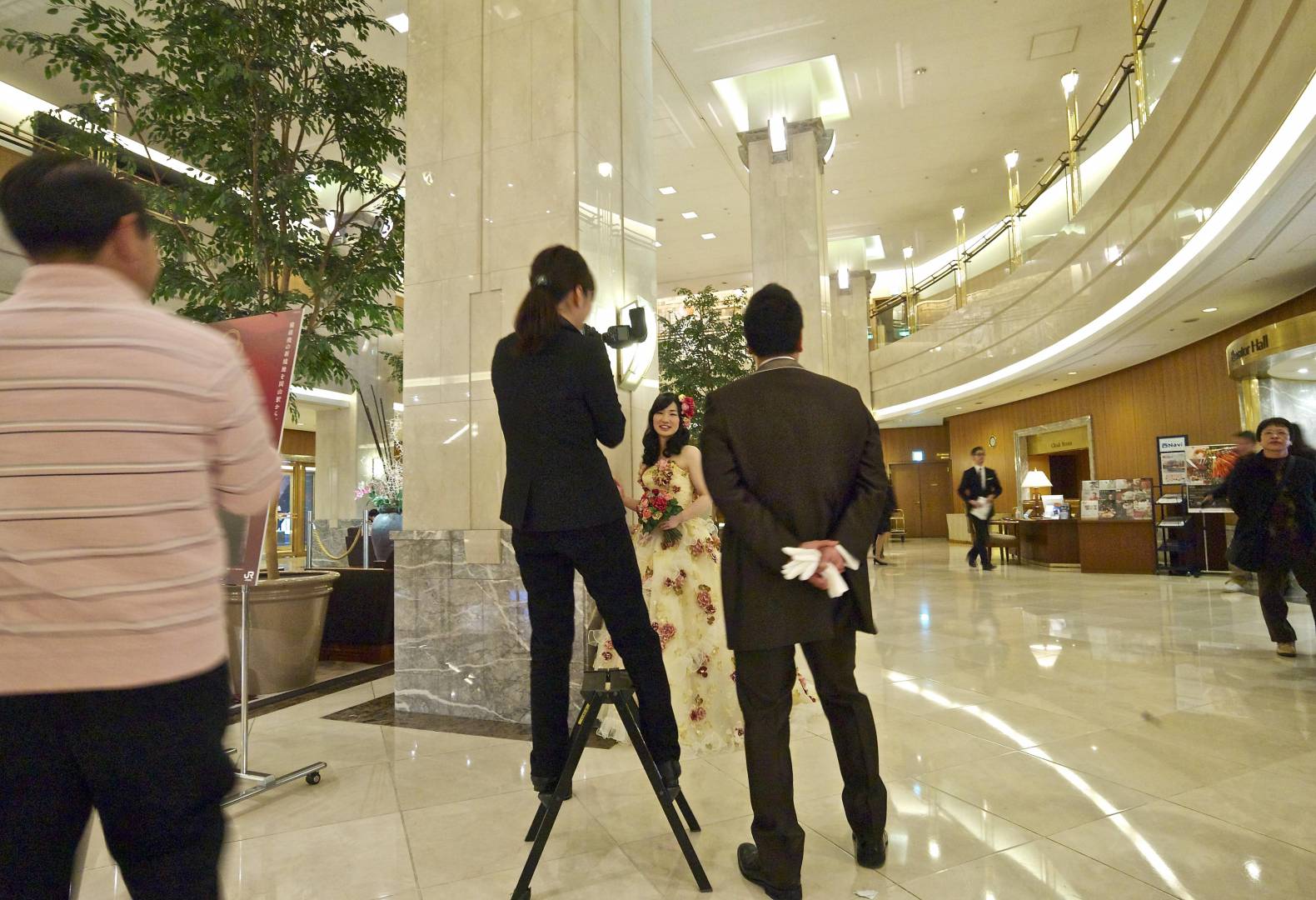
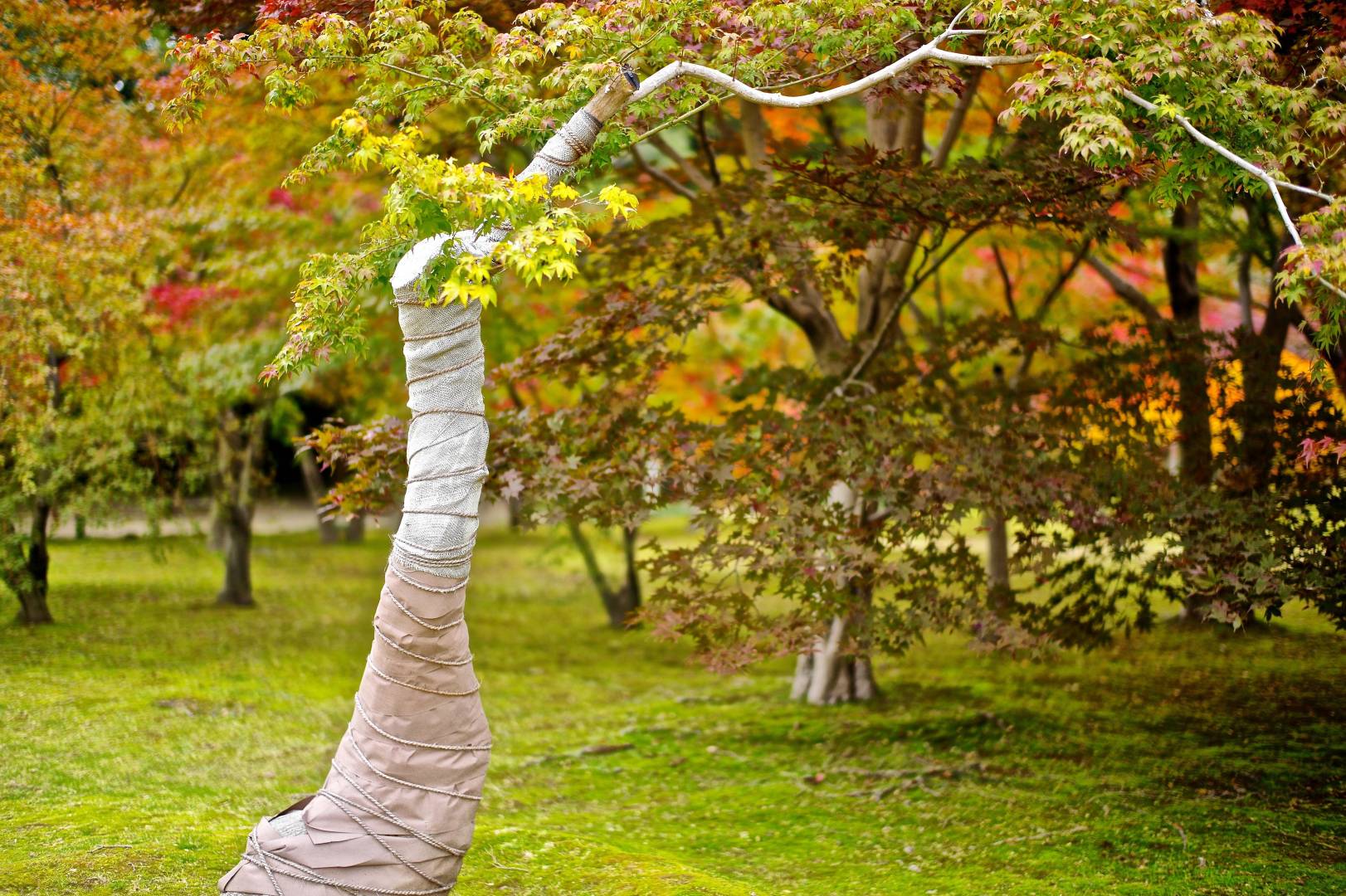




Great images, you’ve really captured a wide variety of everyday life in Japan.
Didn’t that “no trousers” picture make you laugh? ..I laughed my socks off when I saw that!
An unusual travelogue. You feel pretty comfortable with wide-angle lenses but I personally wouldn’t feel that comfortable myself with them. I liked the “every picture tells a story” type of narrative you added with each image.
Thanks for sharing
Jean
You’re welcome; my pleasure, Jean.
I think that pictures usually benefit from a few thoughts about them from the photographer.
– David.
Thank you for this particular and personal insight into a remarkable culture. Japan has been on my list of places to visit – just not this year because of the Games. I highly recommend to anyone who wants to know more about Japan and Japanese culture a book by Matt Goulding, “Rice, Noodle, Fish”. It gives one an absorbing look into one of the world’s most fascinating cultures. Also I highly recommend Pico Iyer’s “The Lady and the Monk”.
Thanks, Farhiz: I’ll have a look on Amazon right this minute!
“..a remarkable culture..” ..well, I find that pretty much everywhere has a remarkable culture ..if it’s not what I’m used to, day-by-day, then I find it remarkable, whether it’s New York, Istanbul, Athens, Jerusalem, Muscat, Munich, Harare, Cape Town or wherever. Every place is special ..to me.
Thank you for putting this recollection and a great set of pictures together. You did a fabulous job of illustrating your experiences and I enjoyed the ‘humanity’ of the pictures. As you said, there is much that is quirky about Japan and that makes for even more opportunities per square foot for picture taking.
I like how you caught the contrast between the city scenes and the gardens, parks and temples. You are correct in that even in Tokyo you can find some of the most tranquil places I’ve ever experienced. Japan is, in so many ways, a study in contrasts.
Thank you again. Wonderful picture taking! Now what else do you have hidden up your sleeve?
Thanks, Richard ..well, you were the inspiration!
“..what else do you have hidden up your sleeve?..” ..see my reply to Dave Seargeant, up above. Oh, and a few pictures of Greece, Germany, Italy. Enough to make an annual Blurb book of about 80 pages each!
An interesting approach to travel photography David – A series of vignettes, showing what your eyes saw, more so than sights that your camera(s) could find. Good stuff.
Thanks, Wayne.
“..showing what your eyes saw, more so than sights that your camera(s) could find..” ..Er..? I’m not sure that I understand that, but you know what they say: the camera being an extension of the eye, etc. I just take the pictures “reflexively”, I suppose; I don’t think about it ..I just do what my eyes, or fingers, want me to do ..and then I look at the pics afterwards, and do the thinking then, to discover what it was that some reflex in me “had” to take.
But I don’t “look” for views to shoot ..I just have a camera ready, and allow myself to be taken by the urge!
Hi David,
What interesting images, and story, a journey of people and cameras in a bustling city scape that is so unique and genuinely intriguing.
I did as you suggested, waited until I got home and looked at the images on my Mac, they are impressive indeed. I certainly like the orange arches, with people in them – I could see endless hours of fun and shots in this one location alone.
I am now pondering what other wonderful locations are you hiding in the Babsky archives?
Dave
Hi Dave!
“..waited until I got home and looked at the images on my Mac..” ..mmm, it used to be – though Mike’s been adjusting the way that photos are displayed, to make them pop up as bigger pictures – that ‘Cmd-Clicking’ on a Mac (right-clicking on a PC?) would open photos in a new ‘tab’ in your browser (Safari?), rather like the bigger pics which you now get here if you click on them ..but they did appear in a new tab (if you had that selected in your Safari prefs) and you’d then have a further “plus-in-a-circle” magnify option, which then blew them up even bigger, and you could see even more detail!
..But that option seems to have gone now that Mike’s – superbly! – made them all instantly enlargeable just by clicking on them (..or that the WordPress(?) software has now hi-jacked the ‘Cmd-Click’ facility).
Other wonderful locations hiding in the archives? ..Er, Mexico, Venice, Oman, er, a few other places, but I owe Mike a feature, first, on wide-aperture lenses ..the 50mm ‘Noctilux’, etcetera..
So I came back and had another look – if I press on the image it blows up to a nearly full screen size, and then I just zoom in and out in using my thumb and fore finger in a similar fashion to an IPad, but using the glass surface thing on my Macbook Pro – works a treat, and I can get in close and enjoy those images.
I for one would love to see Venice, its a place that fascinates me, and one on the short list of places to go and see. In fairness, I wouldn’t knock seeing stuff on the other locations.
Ah: zooming in and out using your thumb and forefinger doesn’t bring up any greater detail: it just magnifies each bit of the screen so that as you enlarge it, it becomes more indistinct instead of showing more details!
Mike’s probably a bit busy with all his other articles in the works – and I haven’t finished my “..wide-aperture lenses ..the 50mm ‘Noctilux’, etcetera..” yet.
But maybe I’ll put a few Venice pics on my site – which is just odds and ends, and has no coherence and isn’t really maintained – and then I’ll send you an email and you can have a look at them. They’re nothing special ..I think the Mexican ones are better, actually!
Happy Df-ing!
Cheers, I am doing portrait work next week with the Df – god only knows what will come of that experience.
Man finally Japan with out Cherry Blossoms! My attempt at a joke. I love Japan at nite,turtle buns,and stairway to heaven! Thank you Mr. Scott for pushing Mr. Babsky, all you folks take such great photos!
Hi John, that “Stairway to Heaven’ picture was taken with the teeny Canon Ixus, which is only 10 megapixels, with a tiny 1/2.3” sensor ..I could have done something about the fade-to-white at the top (..retrieved a bit more detail..) but I don’t generally do a lot of ‘processing’ of photos; that’s pretty much as it came out of the camera.
I’ve got another shot of these steps which is slightly different, with Christmas decorations up the left edge, and fewer humans in it ..but I like this one with the people enjoying themselves at the front, as I wanted the whole series here to convey pleasure and delight! ..And yes, “Thank you Mr Scott”!